Author: Larry St Aubin
Today I had planned to go to Tofino. However there are wild fires on that side of the island so the government closed down the highway to Tofino. Instead I decided to spend a second day in Nanaimo.
I had a choice of touring the Old City Quarter or doing the Nanaimo Bar tour. That wouldn’t be good for my diabetes so the Old City it is.
Also there is a section on the Nanaimo Museum. Art, Architecture, History and Pugs make for a longer than usual post
We left Port Hardy at dawn. During the night I woke to a shivering Greta. The overnight temperature was 8 degrees. Greta’s bum and hip were sticking out of the sleeping bag. I must have rolled over at some point and pulled the bag. I covered her back up and breathed hot air on her until I felt her warm up and go back to sleep. After all Port Hardy is in the North Coast region unlike Victoria which has the cherry blossoms.
Dawn, just outside Port Hardy
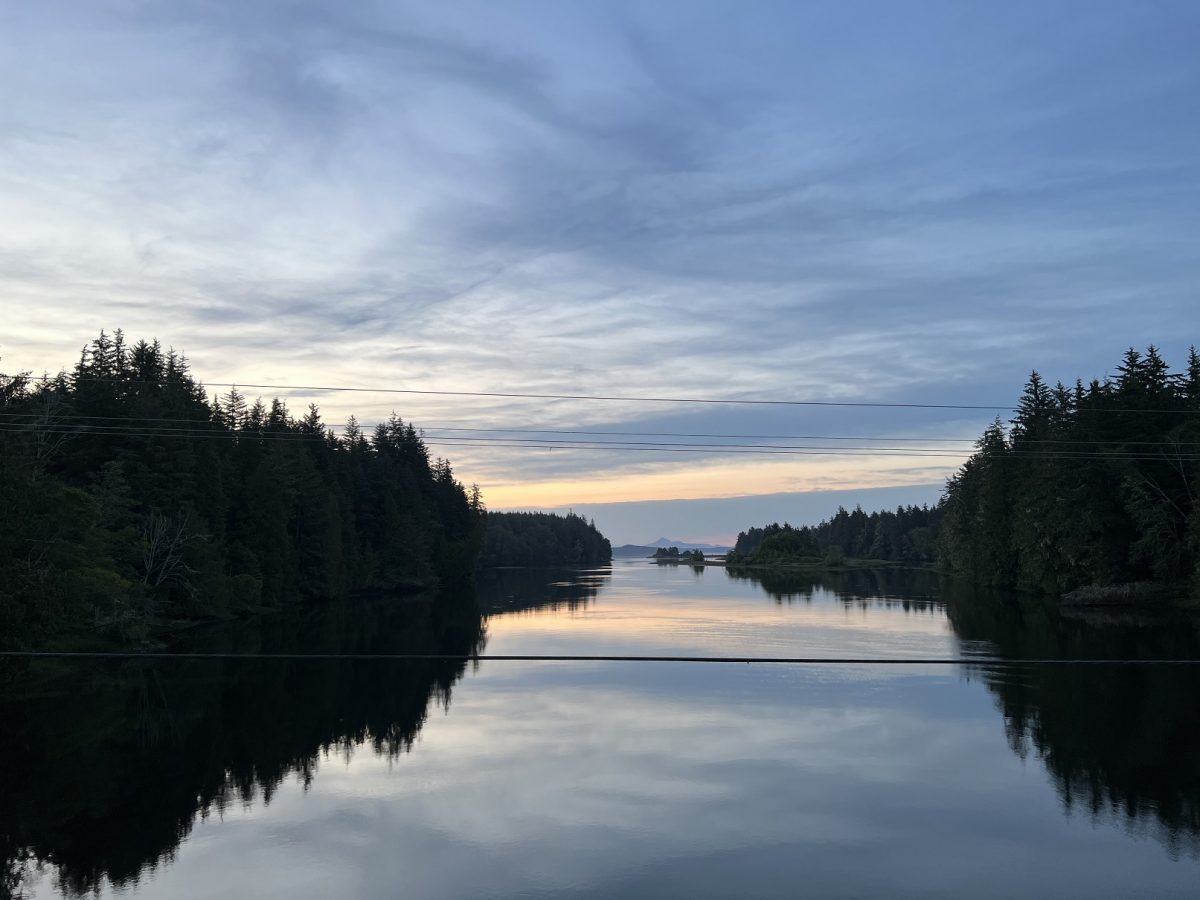
Stopped in at Port McNeil for gas at 5am. It was just off the highway and they had just opened. I was driving slow because it was elk crossing for 50 km and it was the right time of the morning for them. Stopped in at The Island Grind again for coffee and muffin and a rest.
We reach Nanaimo early and started our history tour.
Globe Hotel. 25 Front. Built in 1887 in the Italianate style, the Globe was one of many area hotels that provided affordable housing and social space for single men working in Nanaimo’s coal mines. Contractor Alexander Forrester constructed a plain back addition in 1916, while architect Thomas McArravy added multi-coloured Art Deco tilework across the ground floor in a 1936 north side addition.
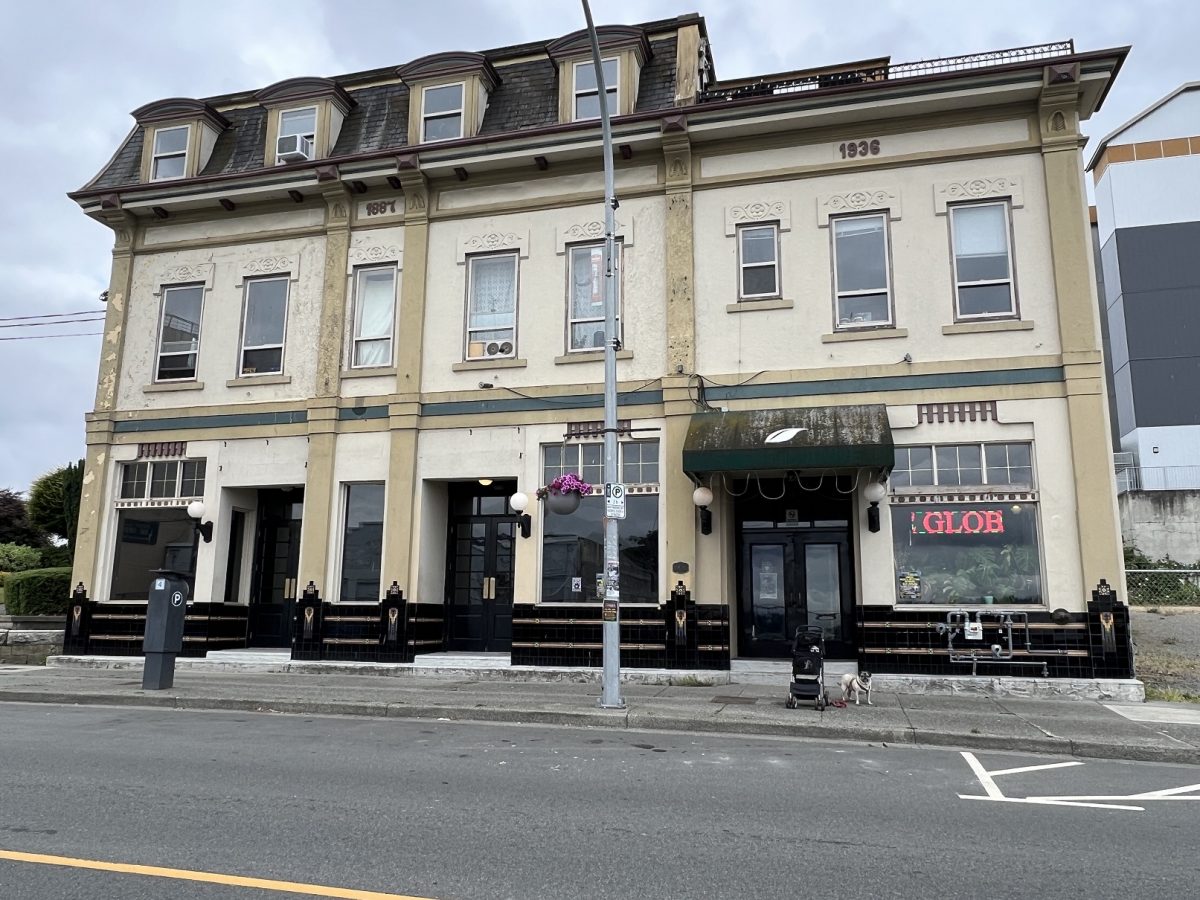
The Bastion. 98 Front St. The Nanaimo Bastion is the only known Hudson’s Bay Company (HBC) wooden bastion still standing in North America. Nanaimo’s most recognizable landmark, the octagonal black and white Bastion, was constructed from 16-inch square timbers fitted together with wooden pegs. The Bastion served mainly as a symbol of community security and its basement was used as the town jail. This unique structure has safeguarded the inner harbour since 1853.
Greta guarding the good folks of Nanaimo
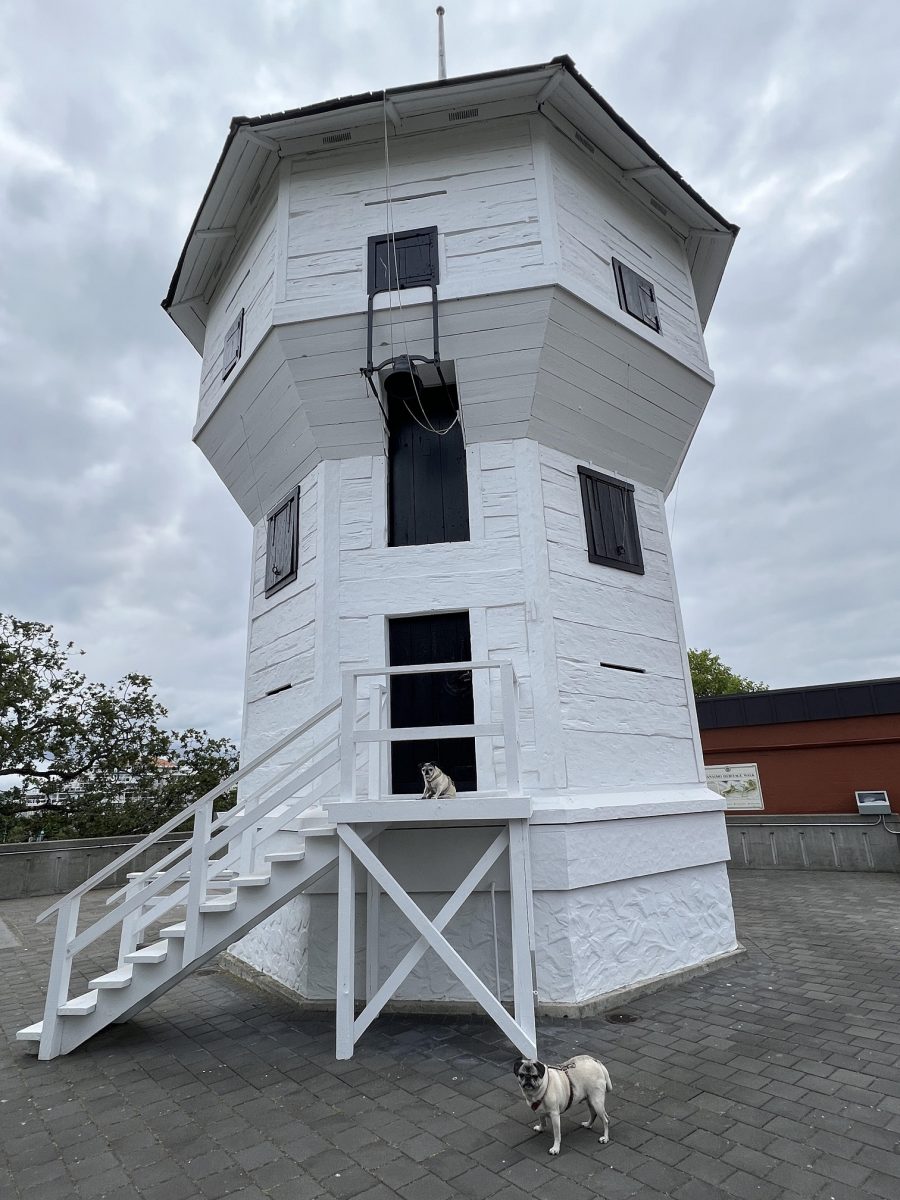
“Relocated from its original position in 1891, the Bastion has been in continuous use since as a heritage attraction and museum. Today, visitors can tour the museum’s three floors of exhibits, photographs and costumes to explore life as it was in Nanaimo more than 150 years ago. Each day at noon in the summer, the Bastion’s cannons are fired in a lively ceremonial re-enactment in Pioneer Waterfront Plaza.”
St. Paul Anglican Church. As we were headed to the Old City Quarter, we stopped at a few historical landmarks
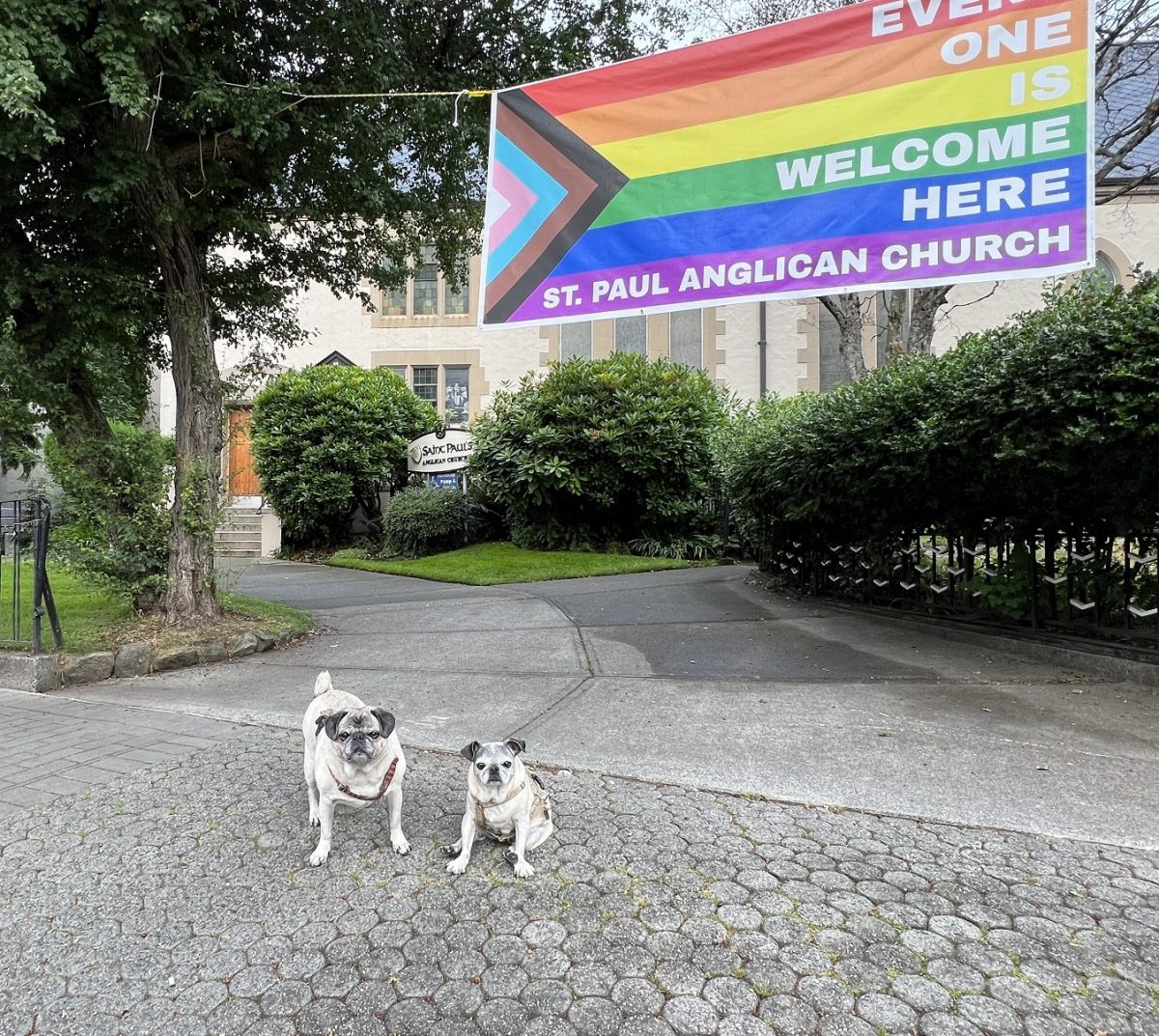
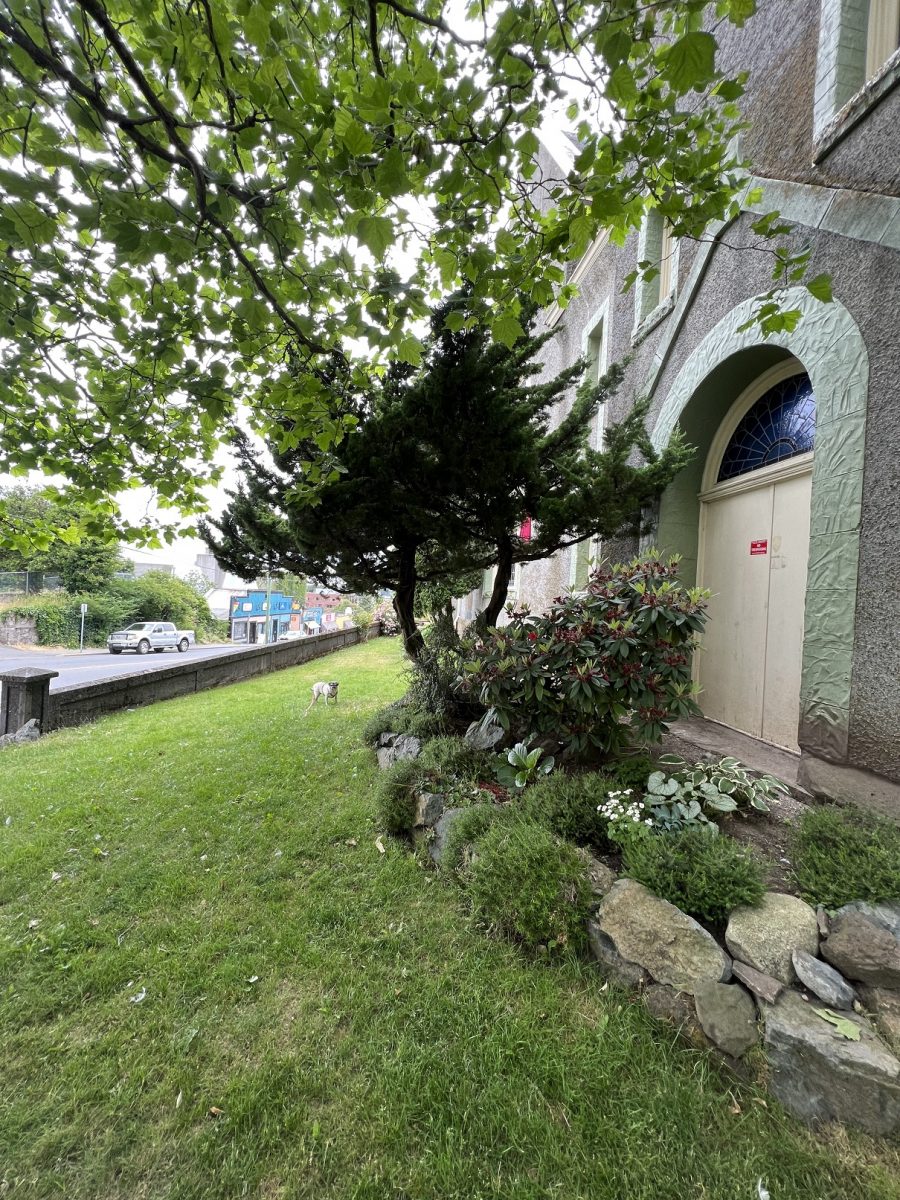
Each site had an informational plaque that provided insight into Nanaimo
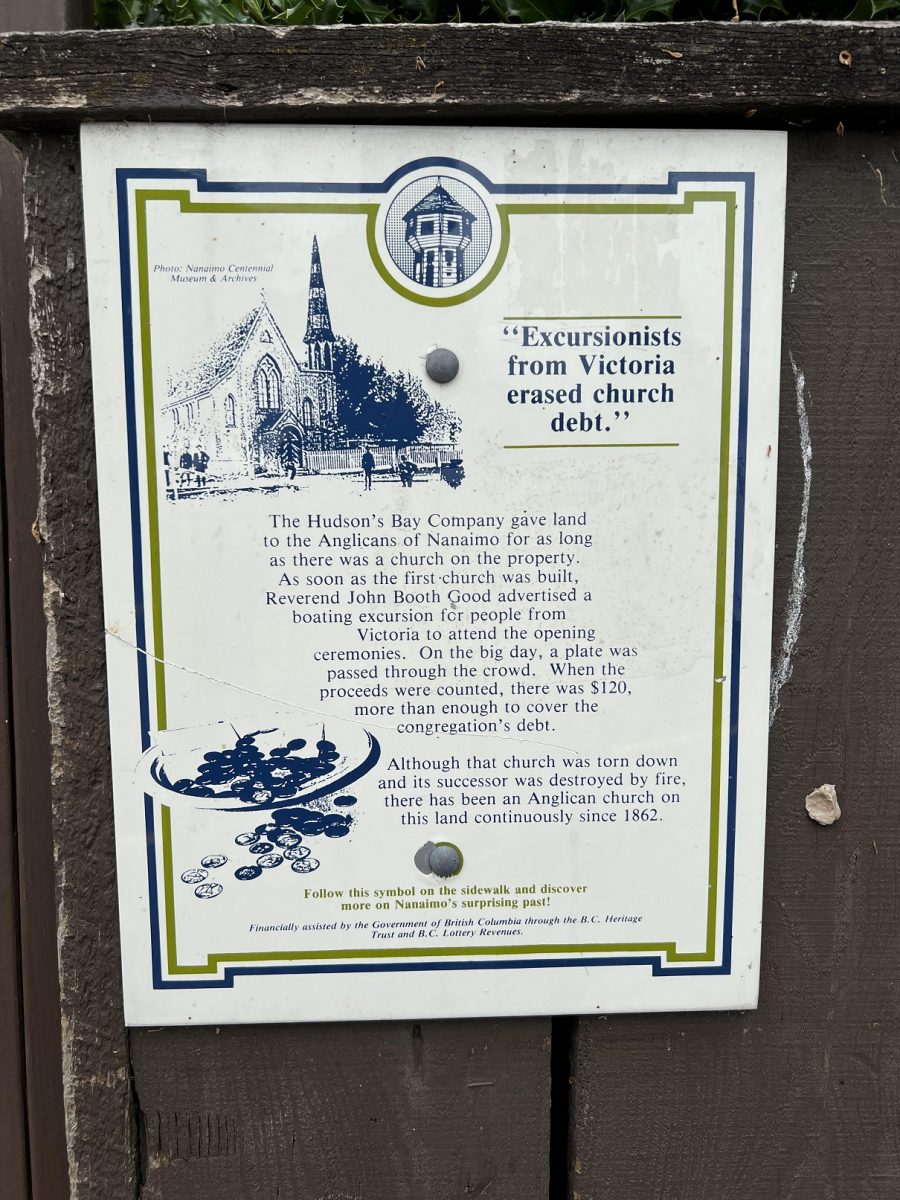
BC Telephone Exchange. 70-76 Bastion Street. Directly across the street from the Coast Bastion hotel’s entrance. The first private telephone system in BC ran from a coal mine in Wellington to a dock in Departure Bay. The Exchange operated from this vernacular Edwardian building from 1908 to 1960. The busy signal was introduced here in 1955 and direct dialing in 1957.
I took this from the balcony of my hotel room.
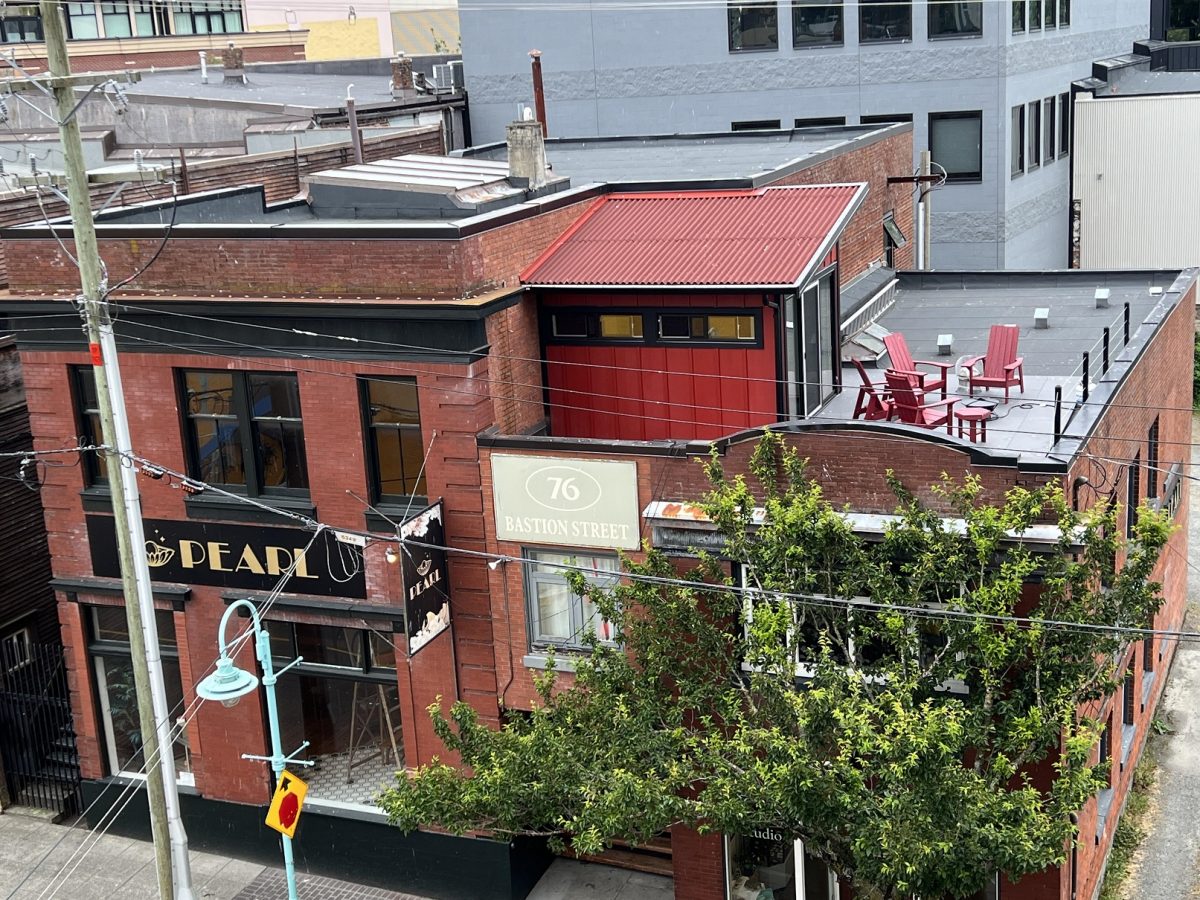
Dallas Square
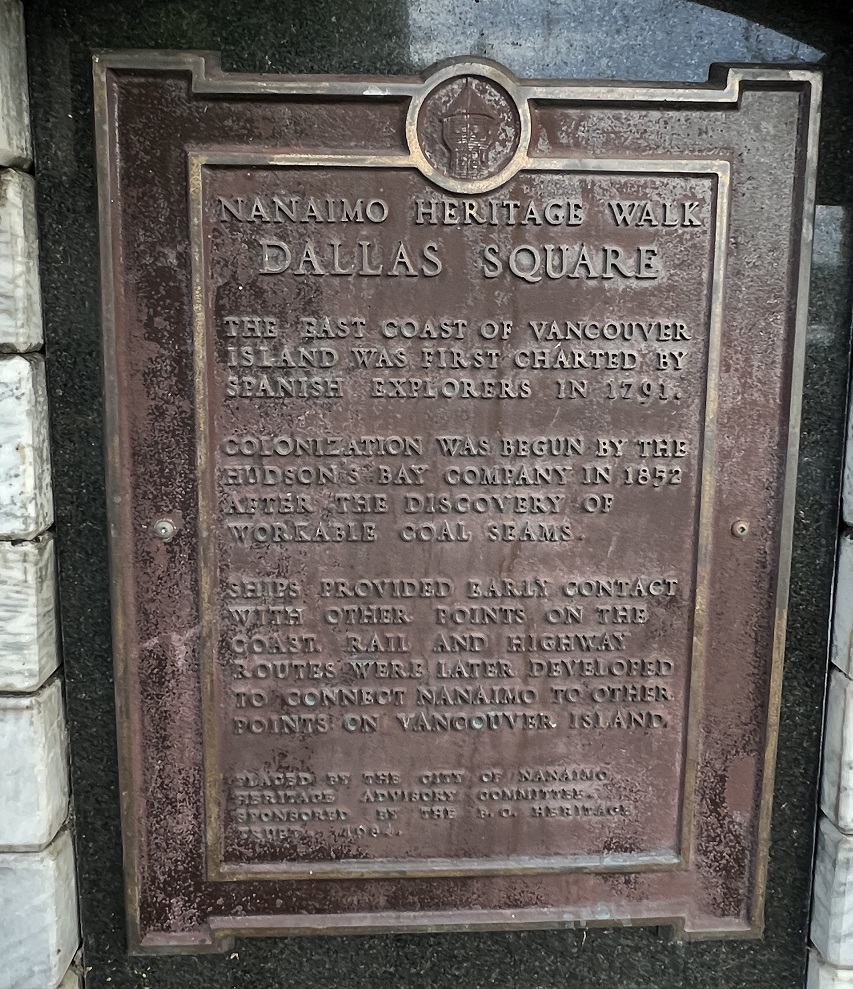
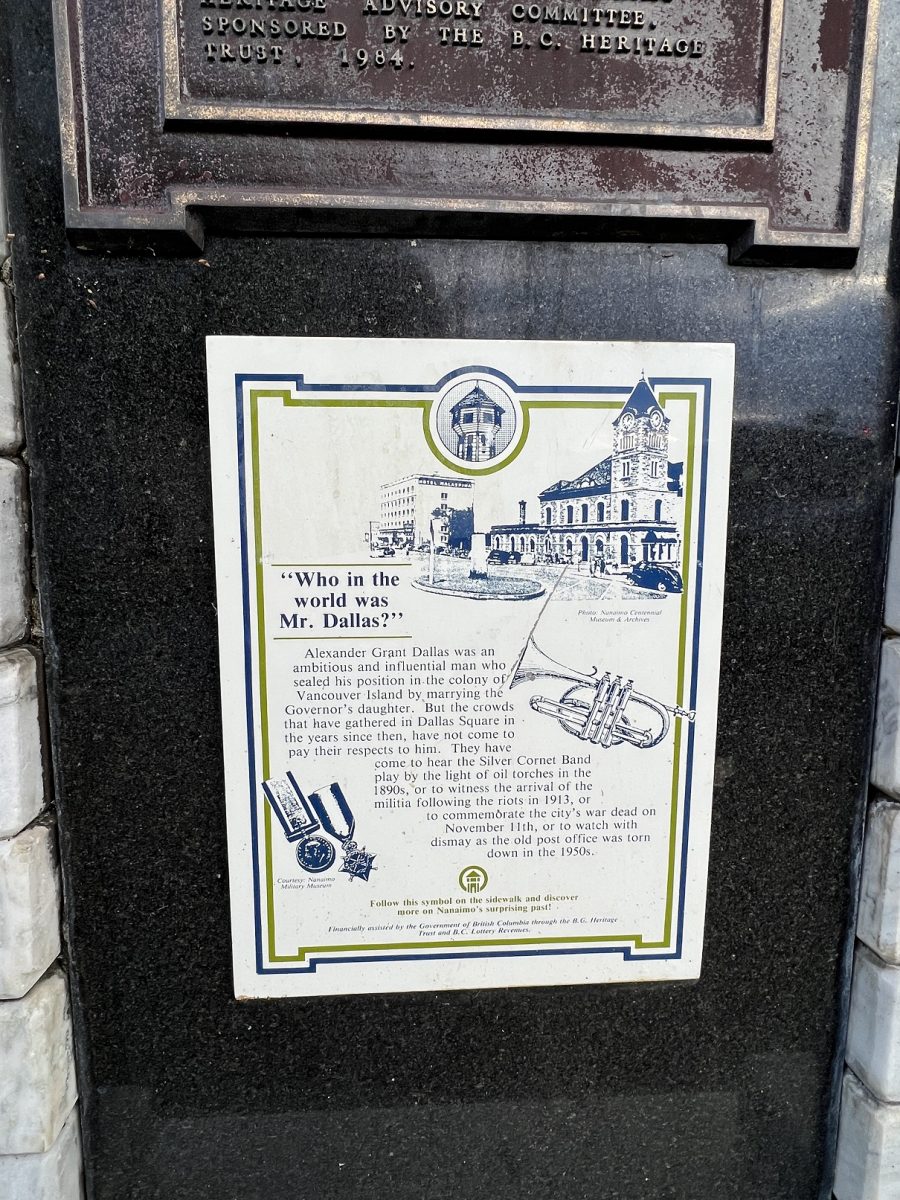
Eagles Hall. 133 – 141 Bastion St. Architects McCarter & Nairne, (best known for Vancouver’s Marine Building), designed this striking Art Deco commercial building, dance hall and lodge for the Fraternal Order of Eagles. A cast concrete eagle sculpture still guards the entrance, while the interior 1934 Art Deco light fixtures, staircase, balustrade and wooden dance floor are all original.
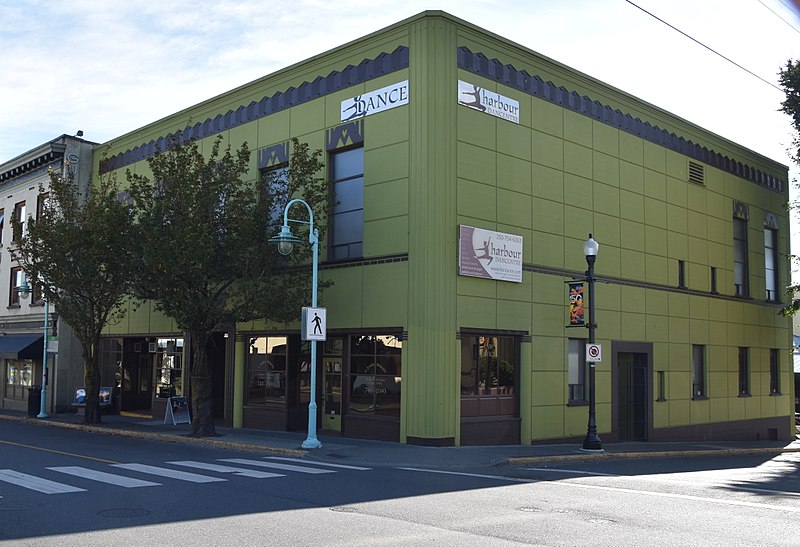
Nanaimo Old City Quarter. “The Old City Quarter is nestled in the heart of Nanaimo, just steps from the downtown core. Consisting of a collection of owner operated businesses, from specialty food stores to metaphysical treasures to wealth managers and chiropractors, the Old City Quarter oozes vibrancy and community.”
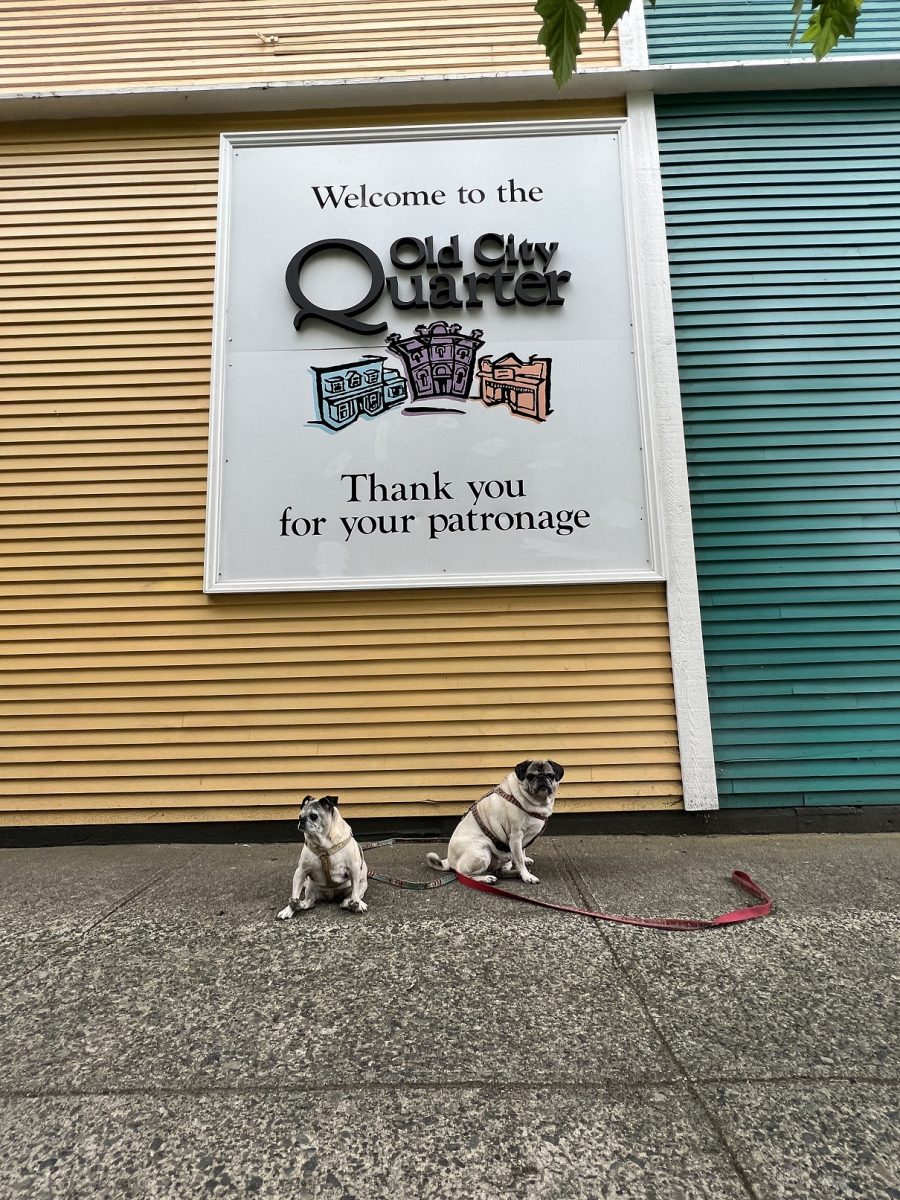
Willard Service Station. 299 Wallace. “Built around 1910, and marking the eastern entrance to the “Old City,” this simple vernacular commercial building has had many lives as a service station, tire and battery shop, fish and chip restaurant, art gallery showcase and, in 1922, home of Nanaimo’s first radio station, CFDC. ”
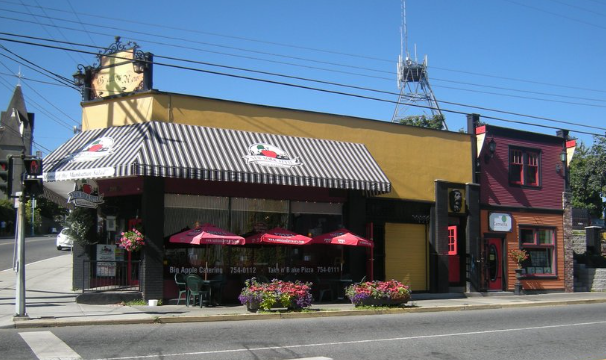
Rangers Shoes. 310 Fitzwilliam. “Ernest Ranger first established his shoe repair business in this simple Boomtown or False-Front commercial structure built in 1920. Part of the Old City Quarter’s historic streetscape, the building has been home to an auto upholstery business, a neon sign shop and, recently, an art gallery showcase.”
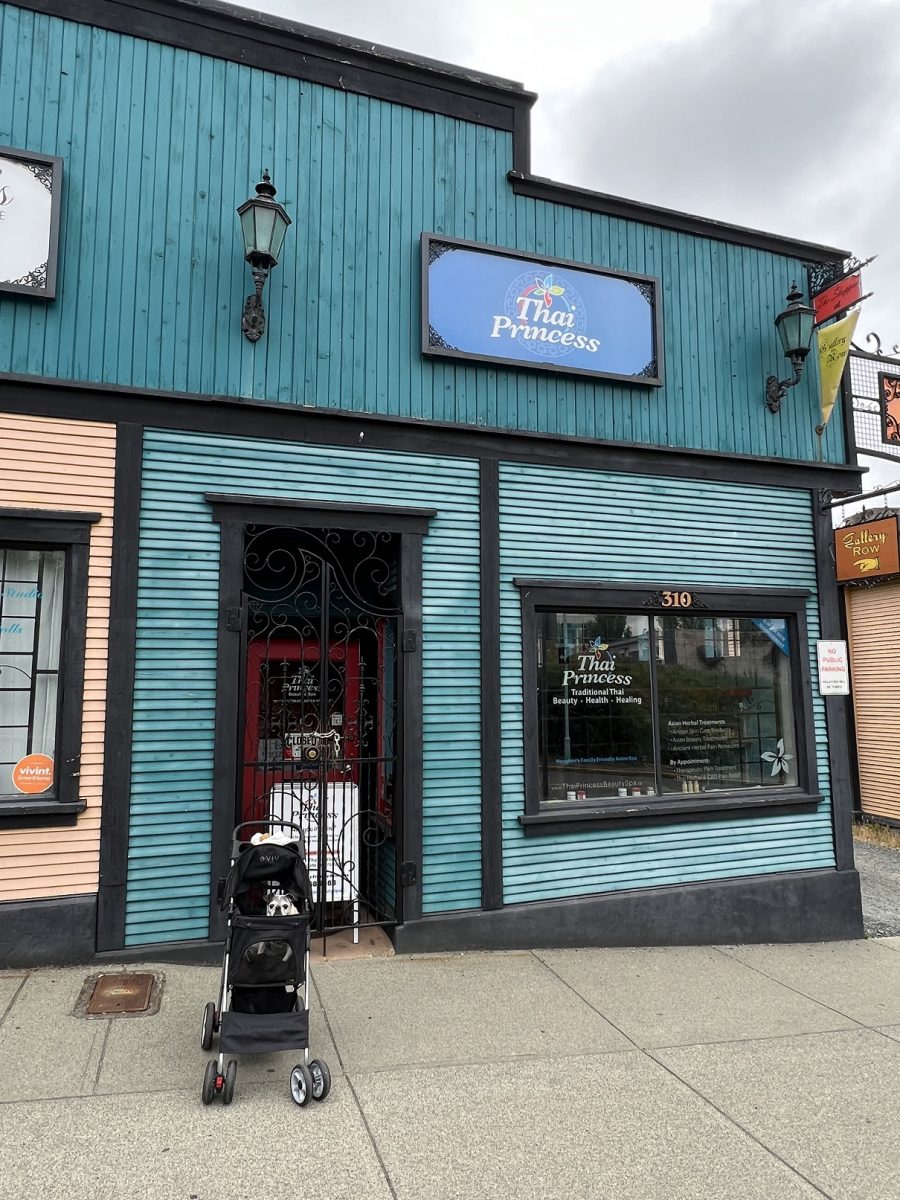
St. Andrews United Church. “315 Fitzwilliam. Voices still soar during church services, concerts and festivals in this late-Victorian style church built in 1893 and designed by American architect Warren H. Hayes. Built in the Victorian Picturesque style, with a Romanesque influence, the tall bell tower and steep roof line make this a prominent landmark on Nanaimo’s skyline.”
The Presbyterians were the last church group to build in Nanaimo. They built their little church in 1866, choosing a dramatic spot that overlooked the town. The first church was replaced with this structure. It became the United Church in 1925.
Red dresses in remembrance of the Missing and Murdered Indigenous Women
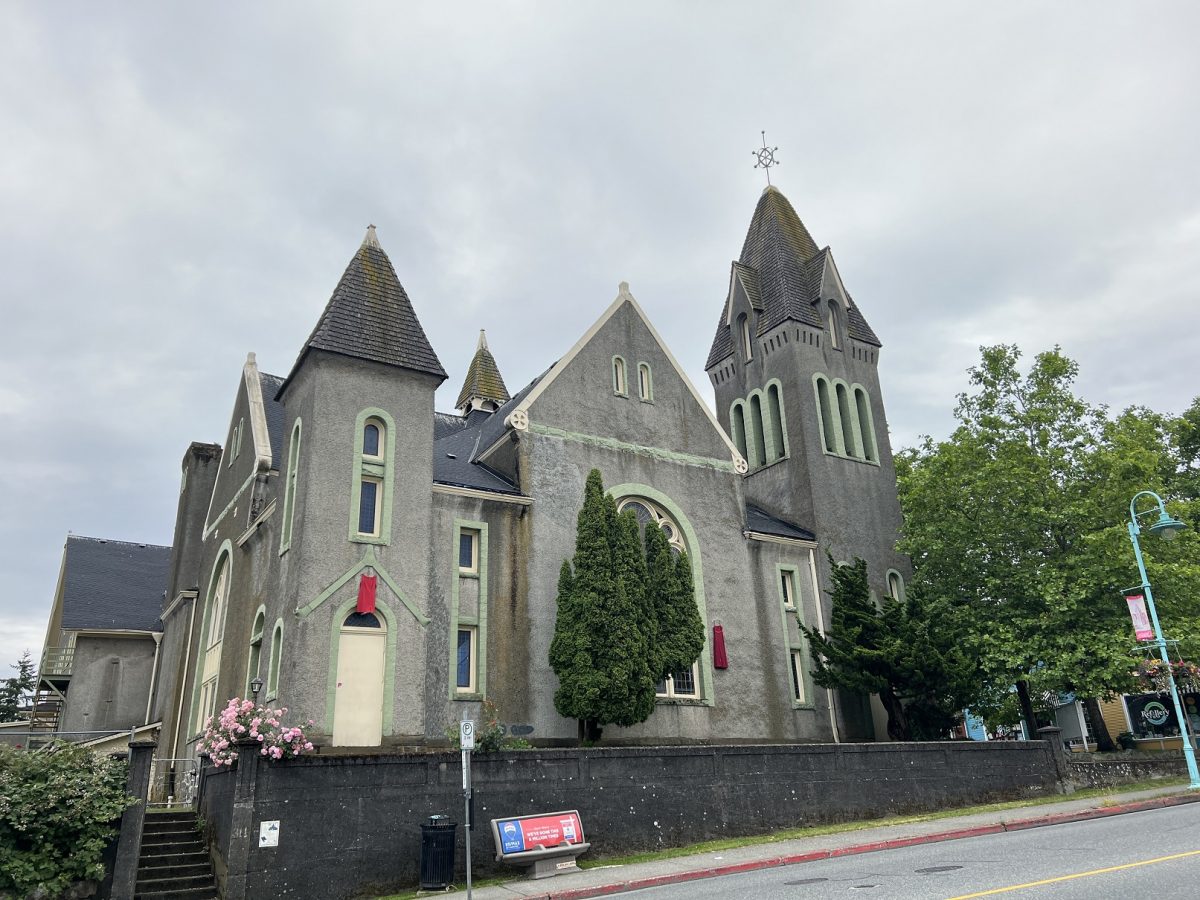
S & W Apartments. 402 Fitzwilliam. “Nanaimo’s first known apartment block was built in 1910 in the restrained Edwardian style that dominated the neighbourhood in that era. Nanaimo architect William Arthur Owen designed the building of self-contained units that replaced other housing options like hotels, dormitories and boarding houses. The apartments and ground level shops are still in use today.”
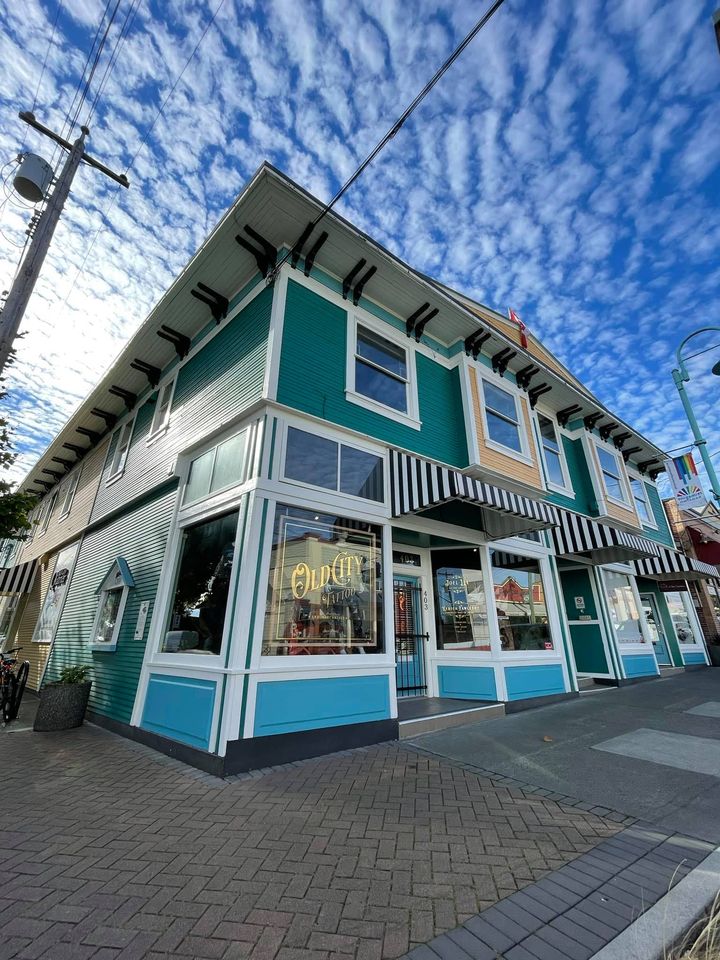
Mitchell’s Market. 411 Fitzwilliam. “This one-storey former market and meat shop, built by Thomas B. Mitchell in 1922, is as functional today as it was then. Although some renovations have modified the building’s original appearance, it remains largely intact with large front windows still showcasing merchandise as they did in the Roaring Twenties.”
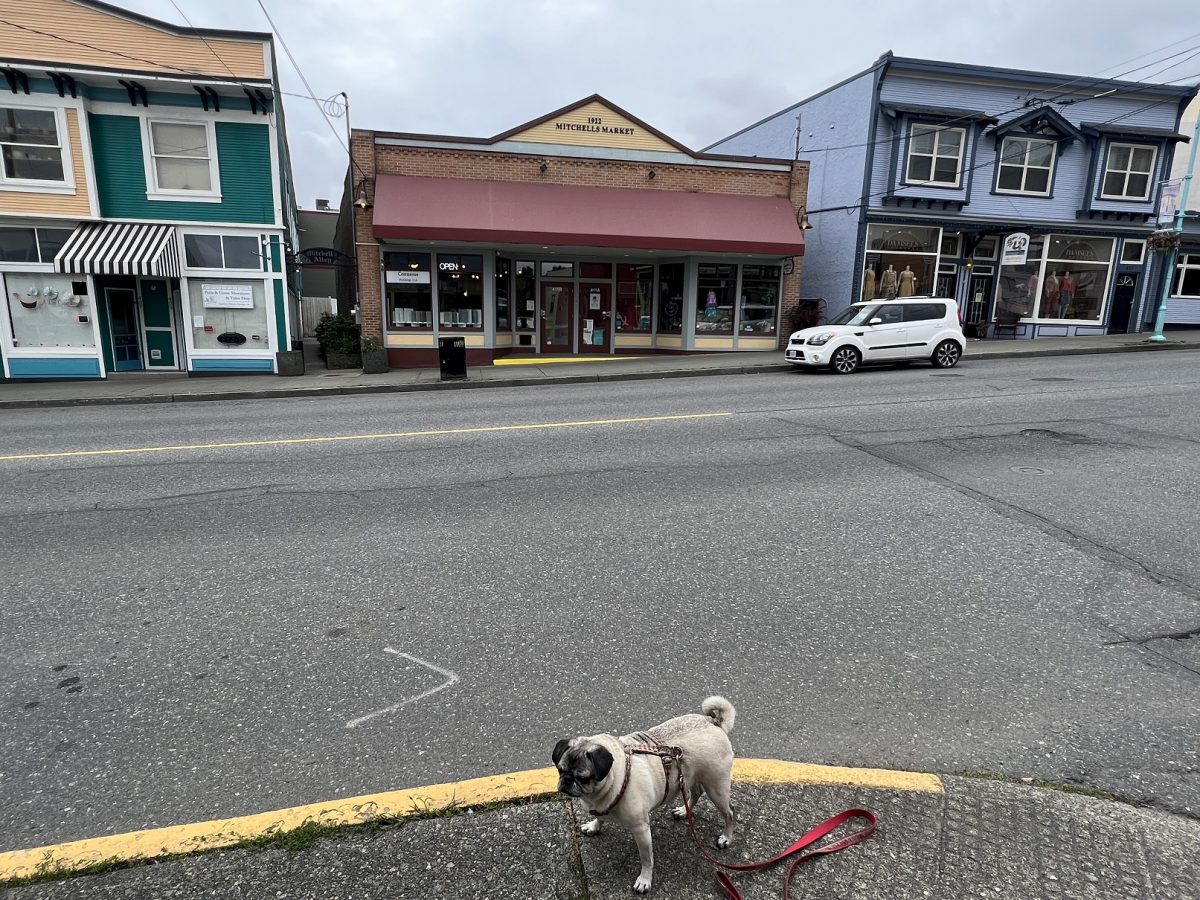
Occidental Hotel. 432 Fitzwillam. “The “Oxy” has been in continuous use for more than 100 years. Prolific Victoria architect John Teague designed its imposing vertical proportions and tall rounded windows and doors in the Victorian Italianate style in 1886 at a time of prosperity when the E & N Railway was completed and the coal mining industry expanding.”
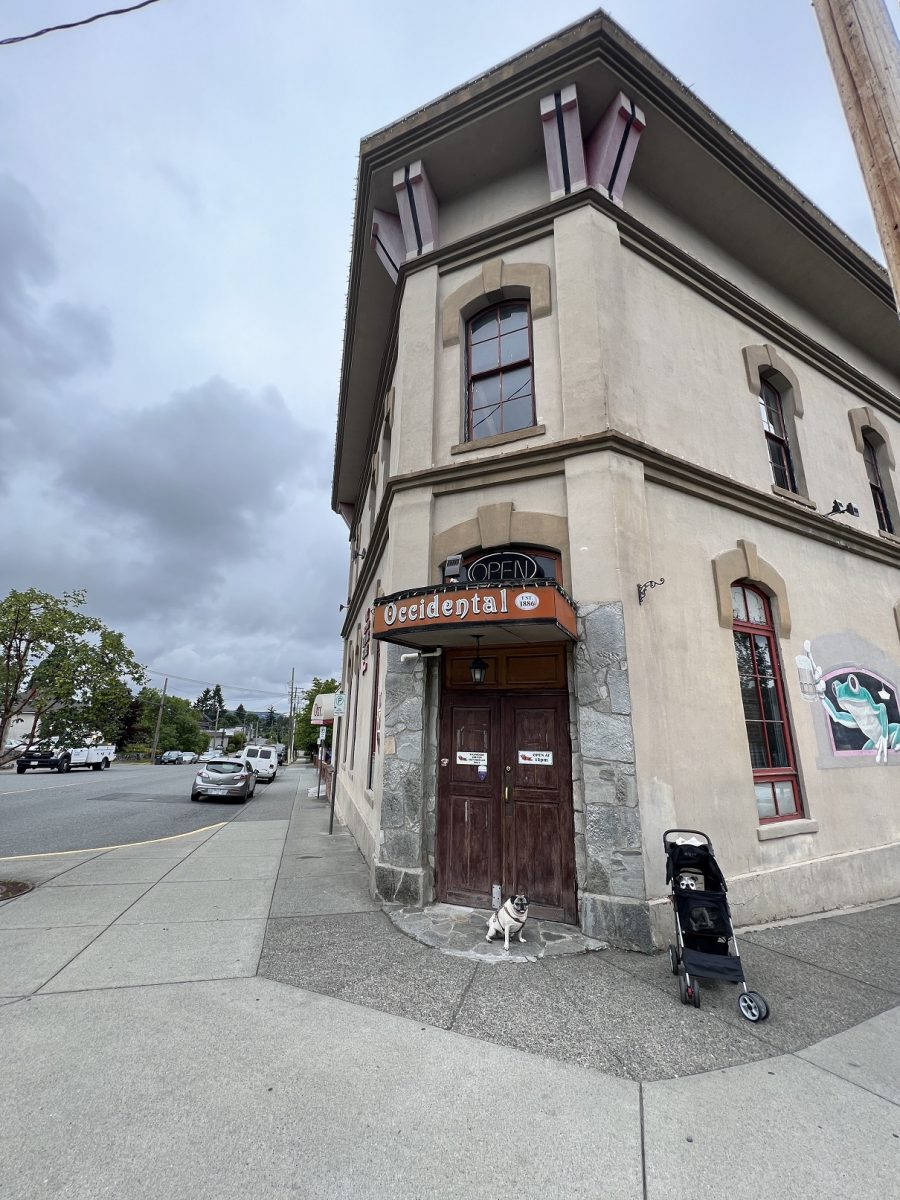
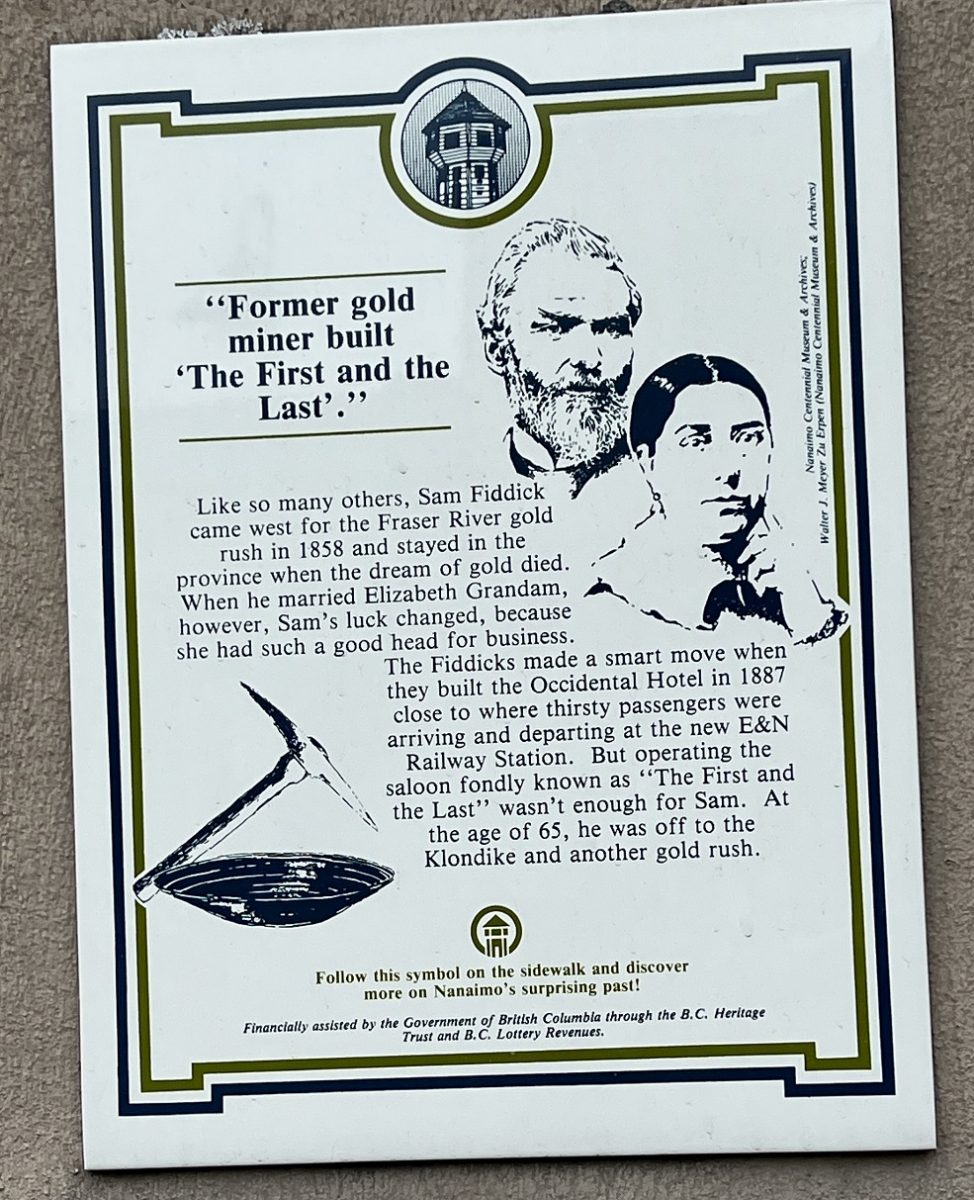
On the way back to the car, we stopped at this little mews for coffee. There was no historic plaque but it turns left with more shops around the corner.
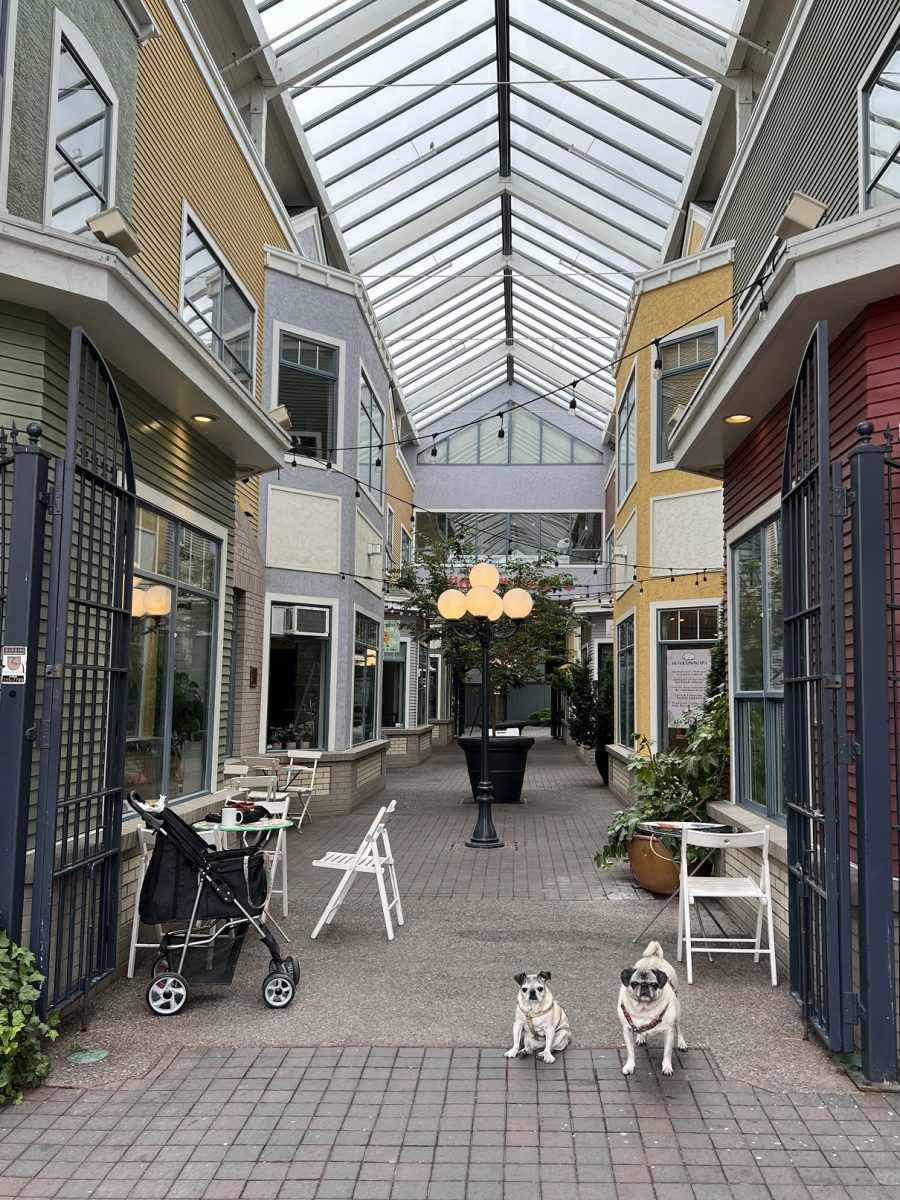
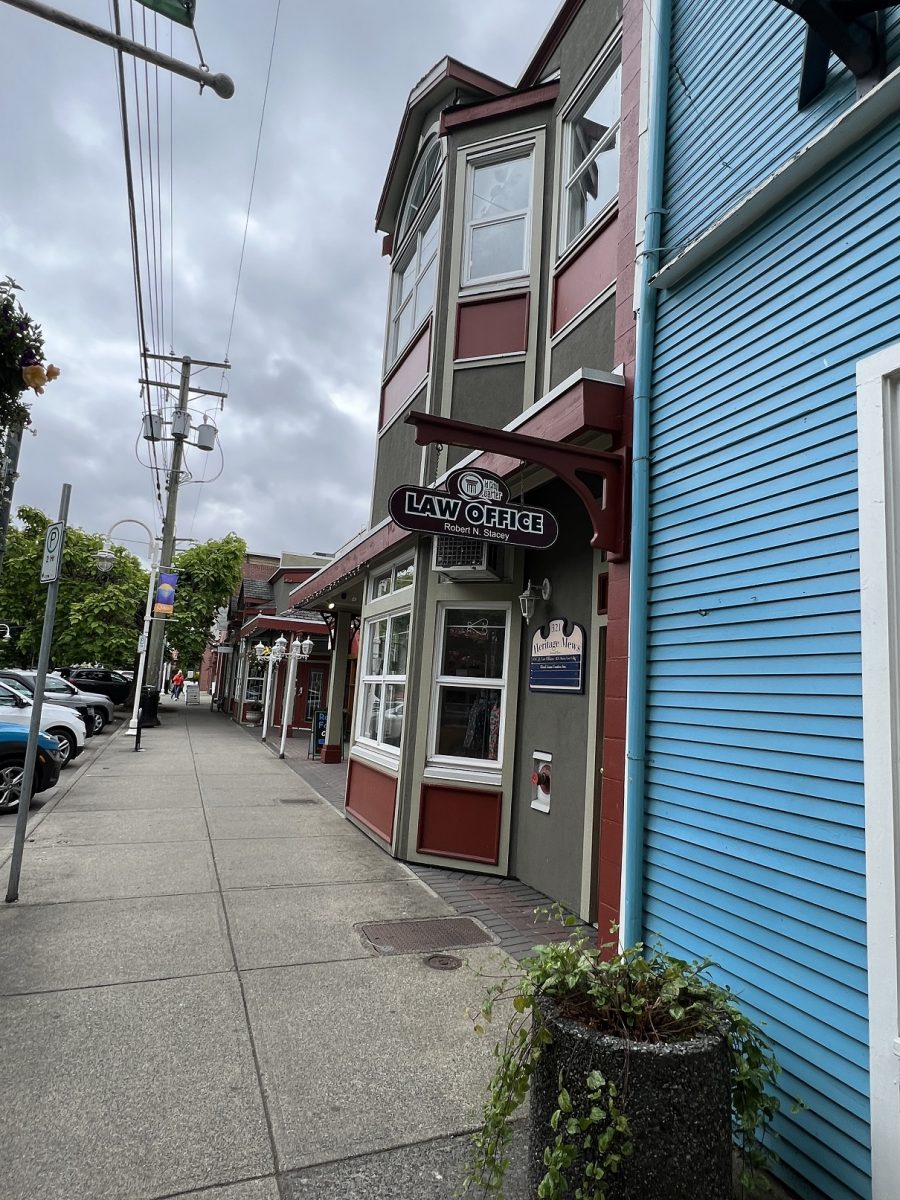
Esquimalt & Nanaimo Railway Station. 321 Selby. The Esquimalt and Nanaimo Railway Station is significant because of its association with the British Columbia confederation controversy. The railway was completed as a ‘consolation prize’ from the federal government after it broke its promise to make Victoria the western terminus of the transcontinental railway. This breach led to threats of British Columbia’s secession from Canada. Further controversy was fuelled when money and land for the railway were given to Nanaimo coal baron Robert Dunsmuir, already one of the province’s richest men. In 1886, the Esquimalt and Nanaimo Railway opened with the local station being built at this site.
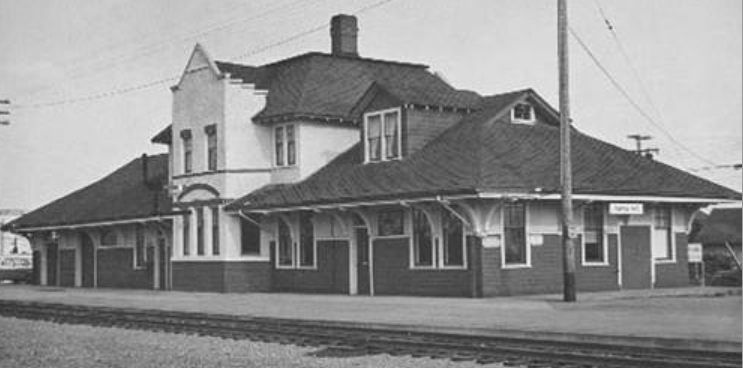
There is a coffee shop on the right but wasn’t going to cross the tracks to get one.
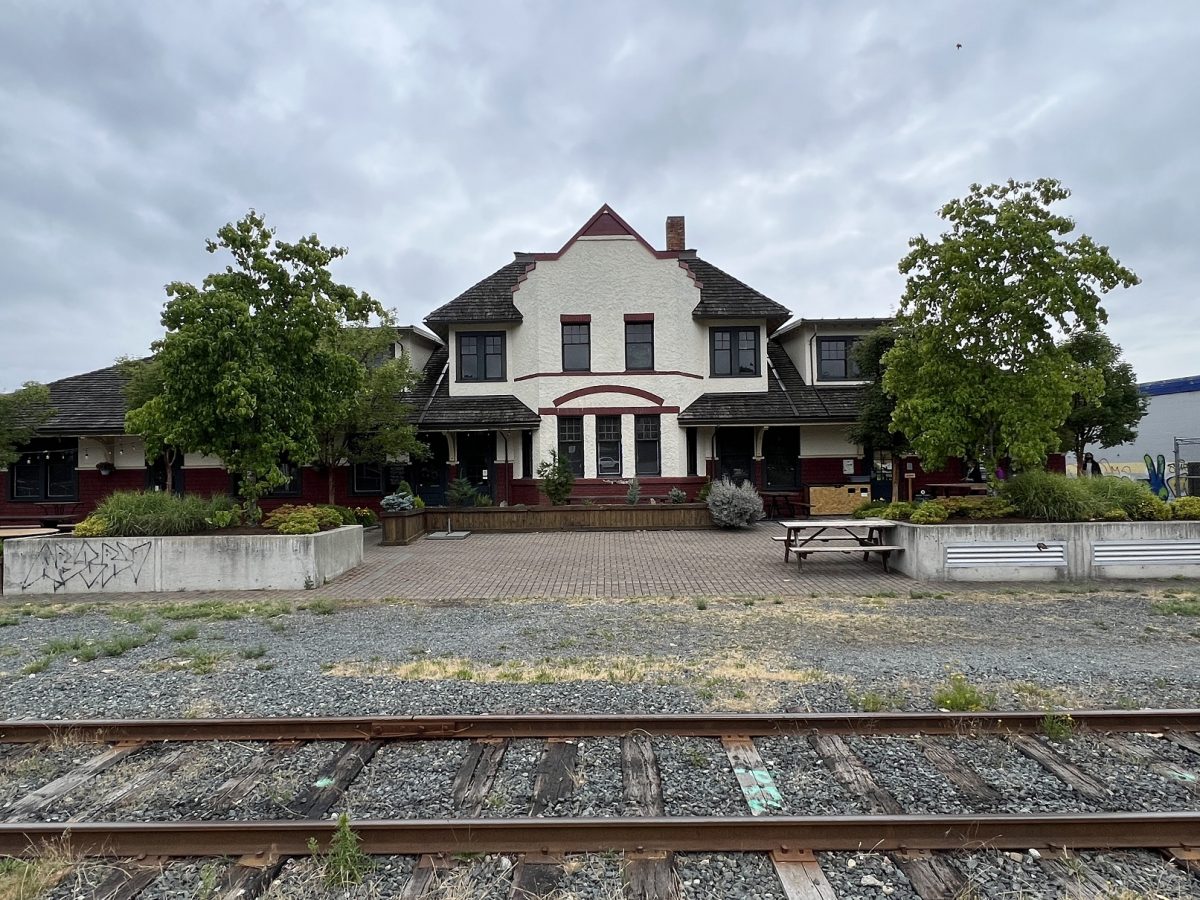
Nanaimo Court House. 35 Front St. Grand and imposing, Nanaimo’s Court House was built in 1895-96 in the striking Richardsonian Romanesque style of the late Victorian period. Designed by esteemed BC architect Francis Mawson Rattenbury, the court house was the scene of trials related to the infamous 1912-1914 miner’s strike and the notorious Brother XII.
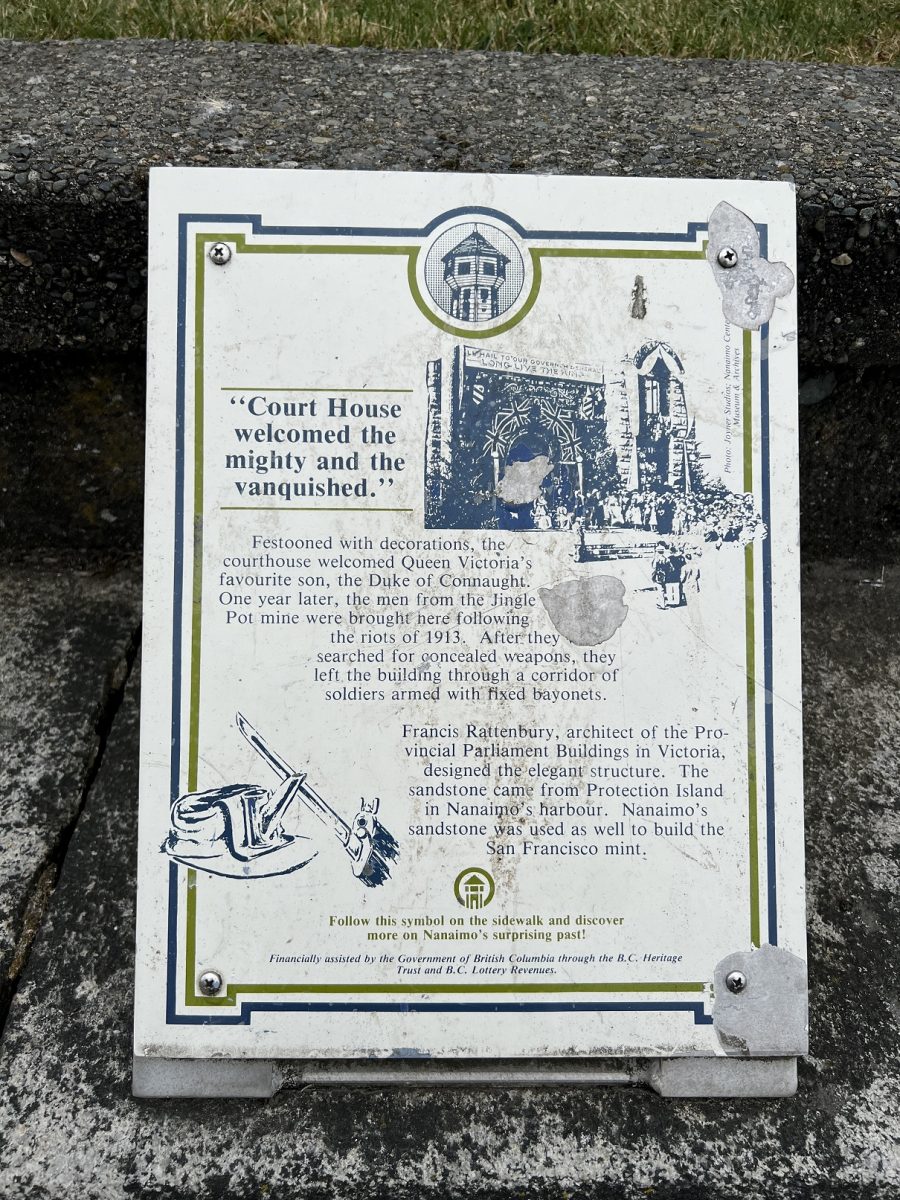
Court House with a lawyer checking his text messages
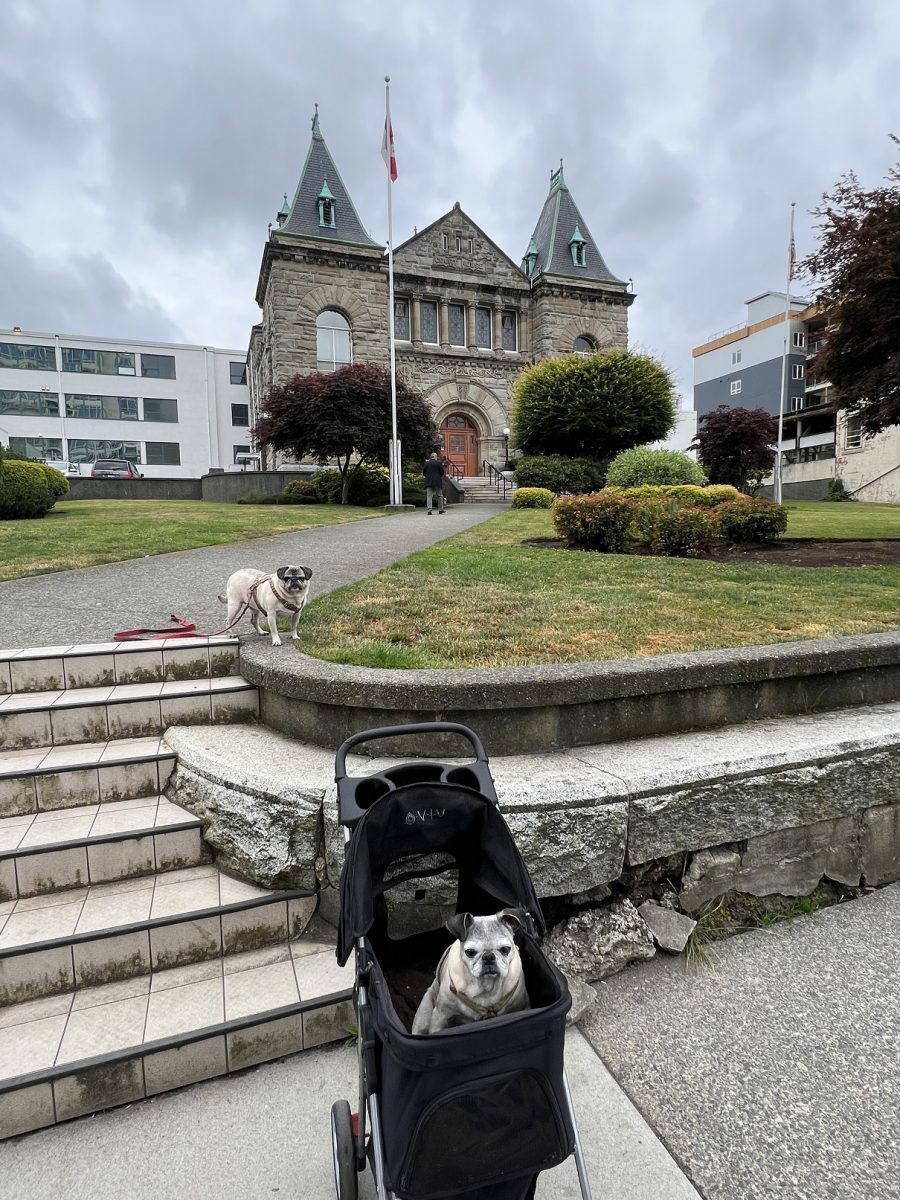
There wasn’t much street art in Nanaimo but I did find this one.
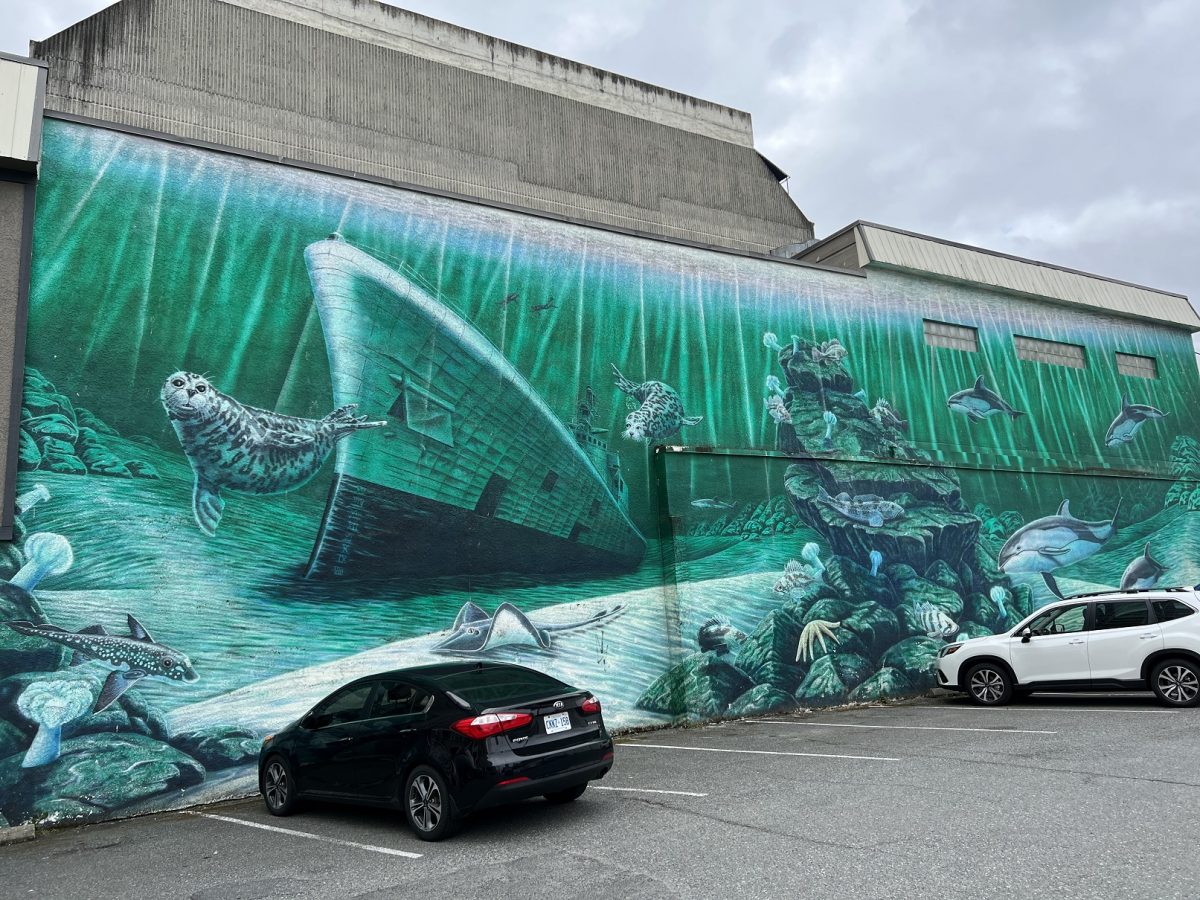
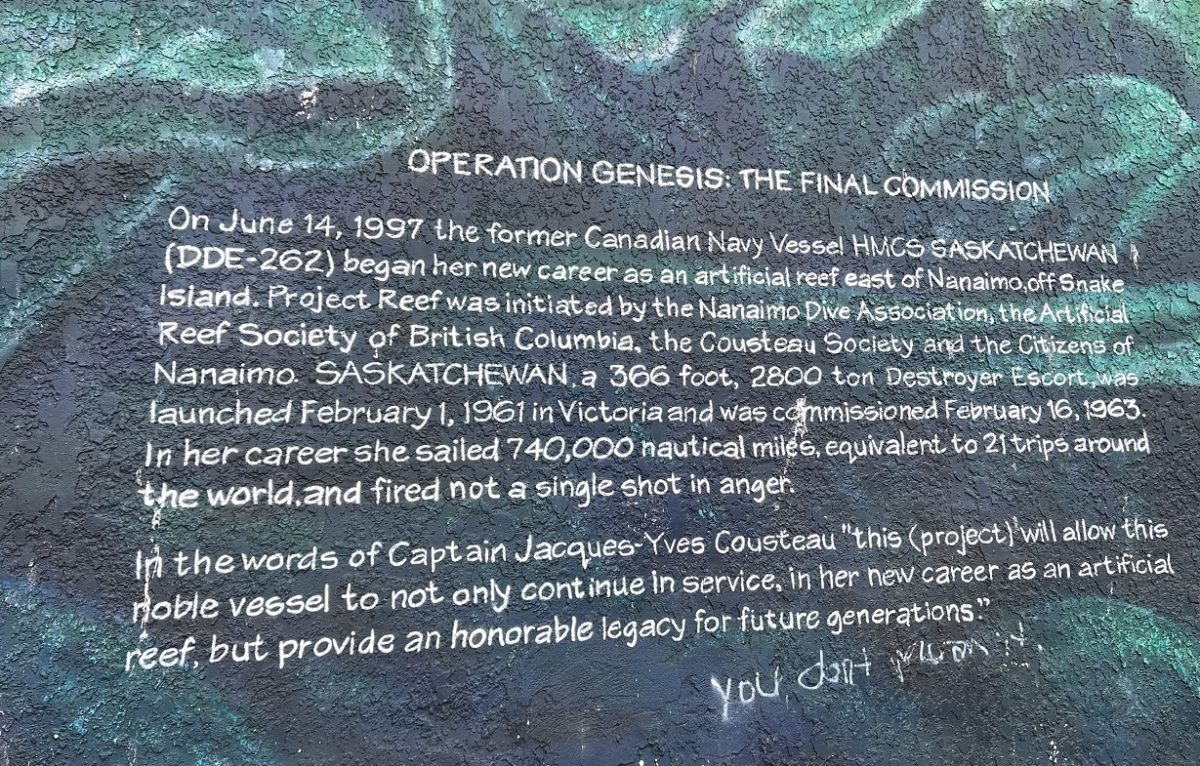
Coal mining would have its own exhibit in the Nanaimo Museum
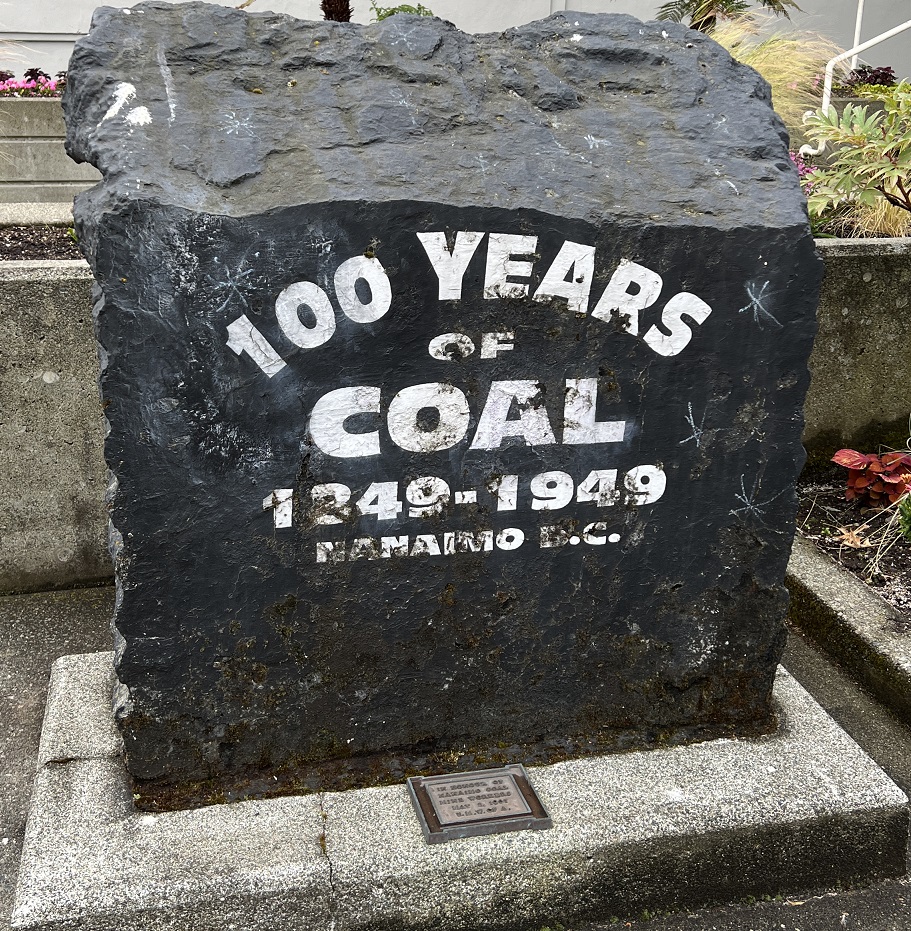
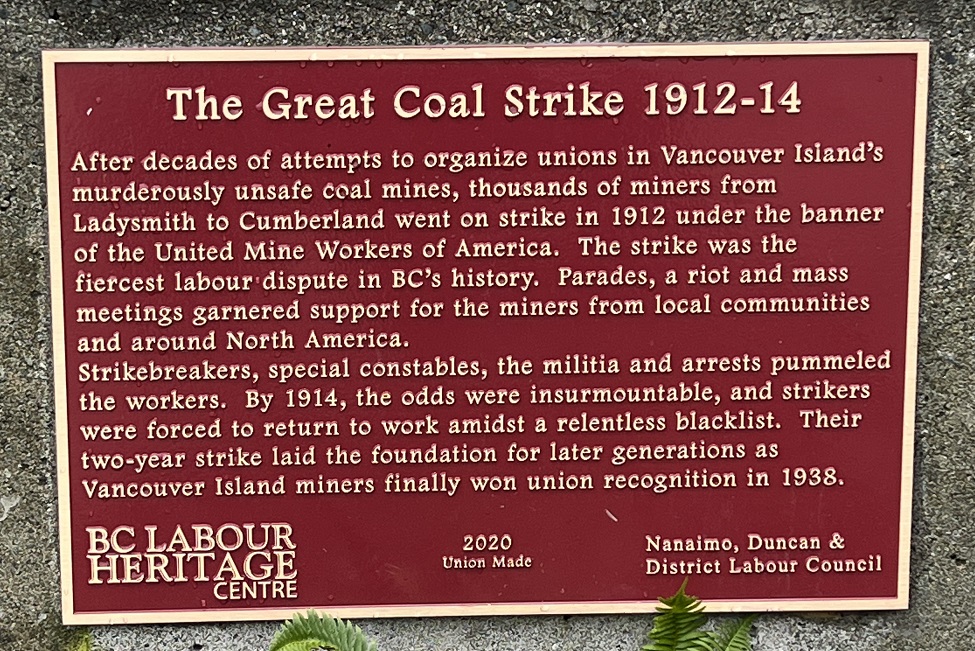
We then headed to the Arts District. Greta was very excited to see this area.
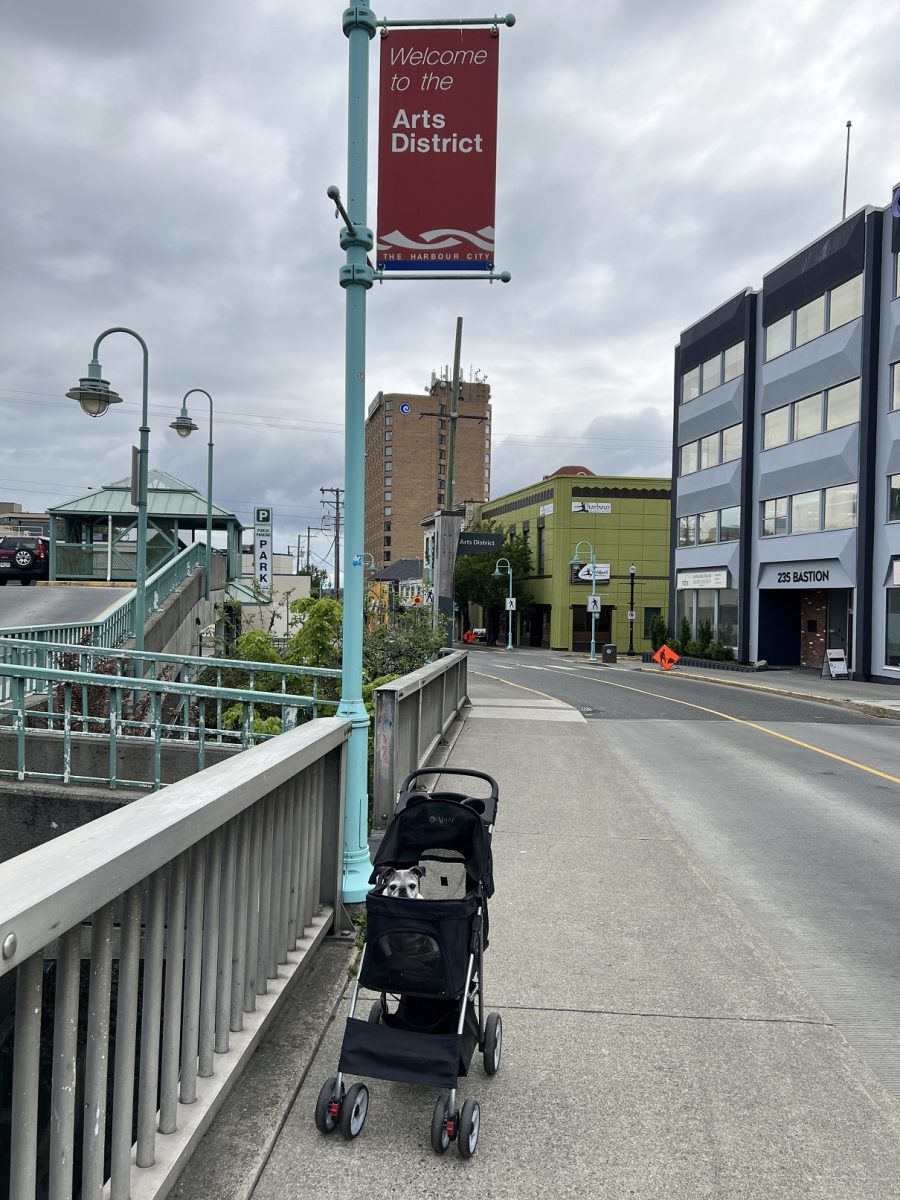
Commercial Hotel. 121 Bastion St. It is now called the Painted Turtle Guest House. Hotels, and their restaurants and saloons, served as social centres for transient, often single, coal miners. This intact Edwardian structure, with its original metal cornices and storefront piers, was built in 1913. It’s the second Commercial Hotel near this location; the first was built in 1875.
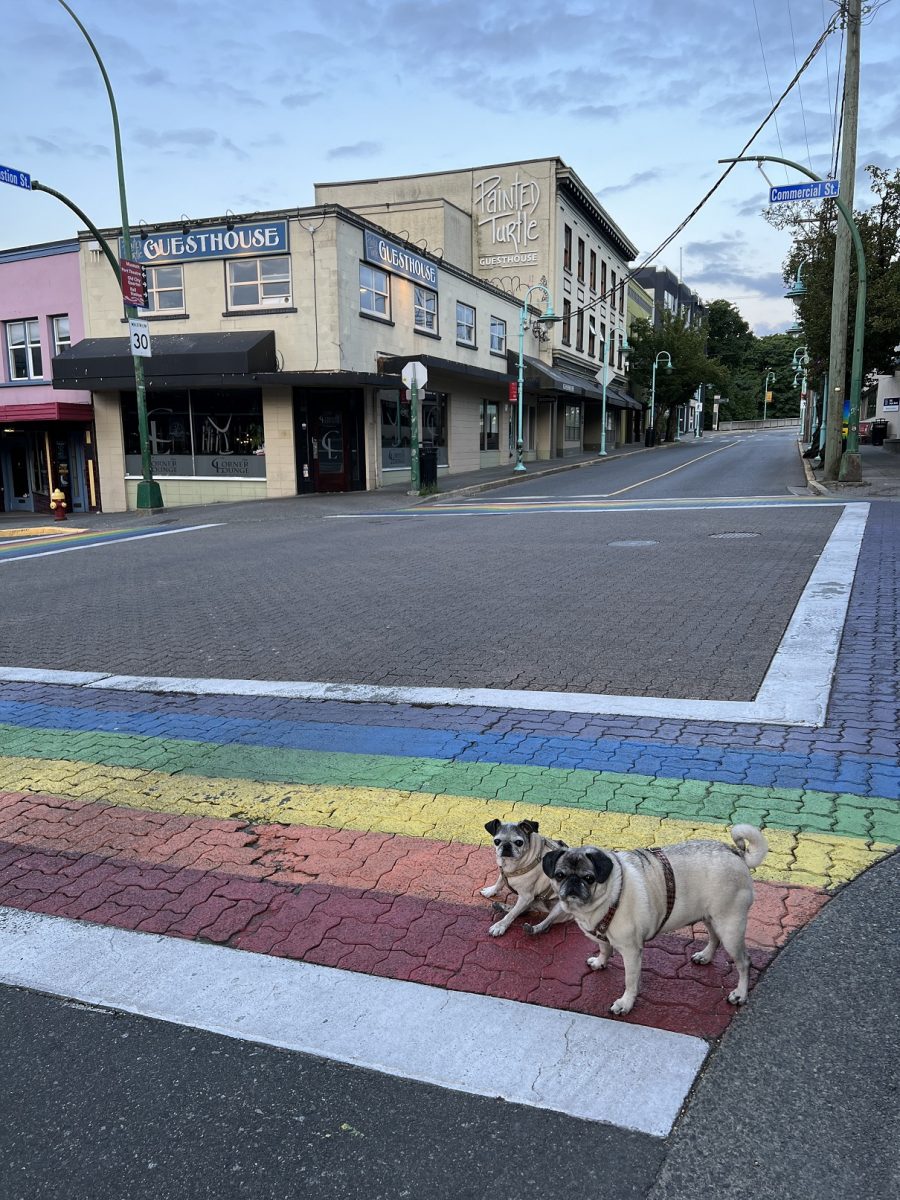
The Rainbow Crosswalk is in memory of John Anthony Lee. From 2003 until his passing in 2015 he was president of the Nanaimo Pride Society.
Another view of it from my hotel room
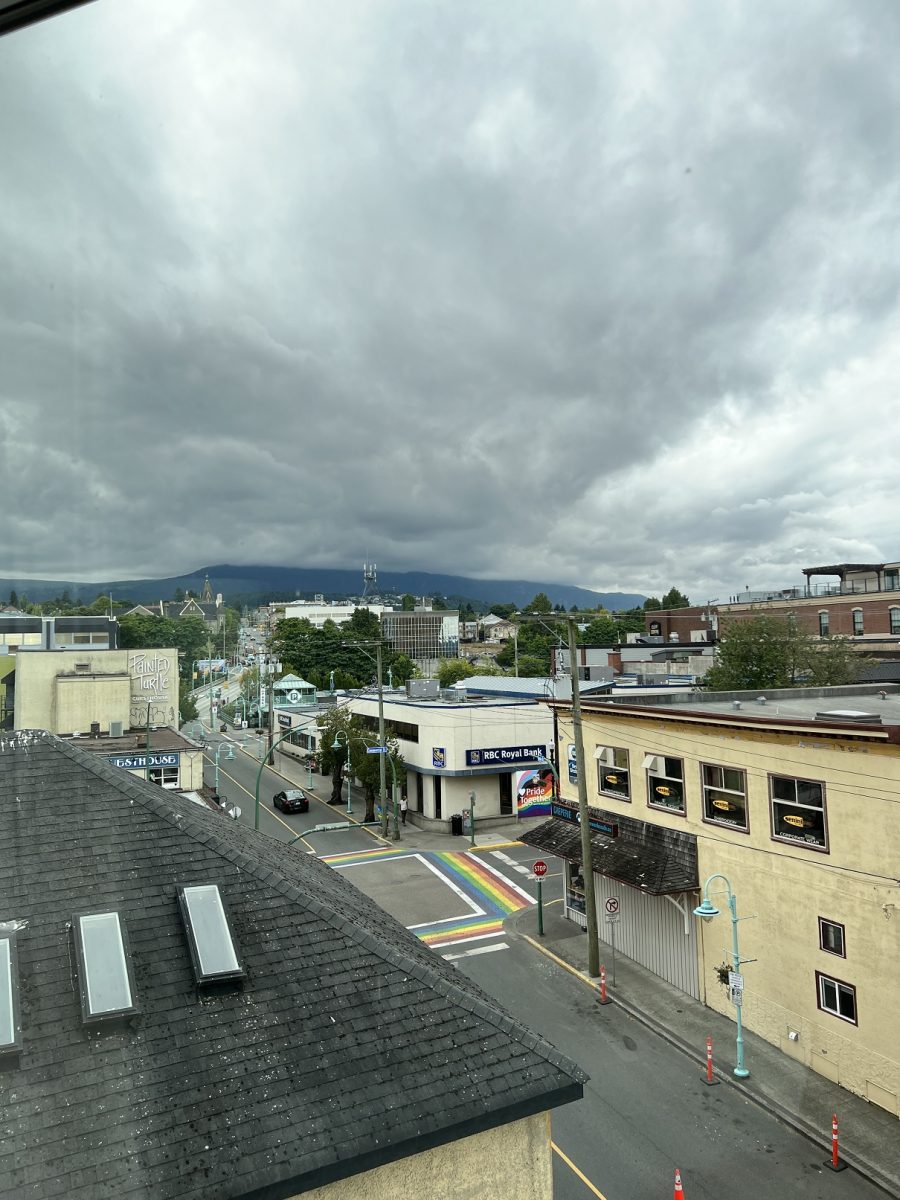
“This rainbow crosswalk is a reminder that it’s our differences that make us one community and this crosswalk is a memorial to John and the work he did to bring us all together.”
The Nanaimo Art Gallery had a big sign “All Are Welcome”. Went in with the pugs and she said only Service dogs. I said – so not everyone is welcome like the sign says? I explained I was looking for pet friendly places. She was really sweet and suggested Canadian Tire.
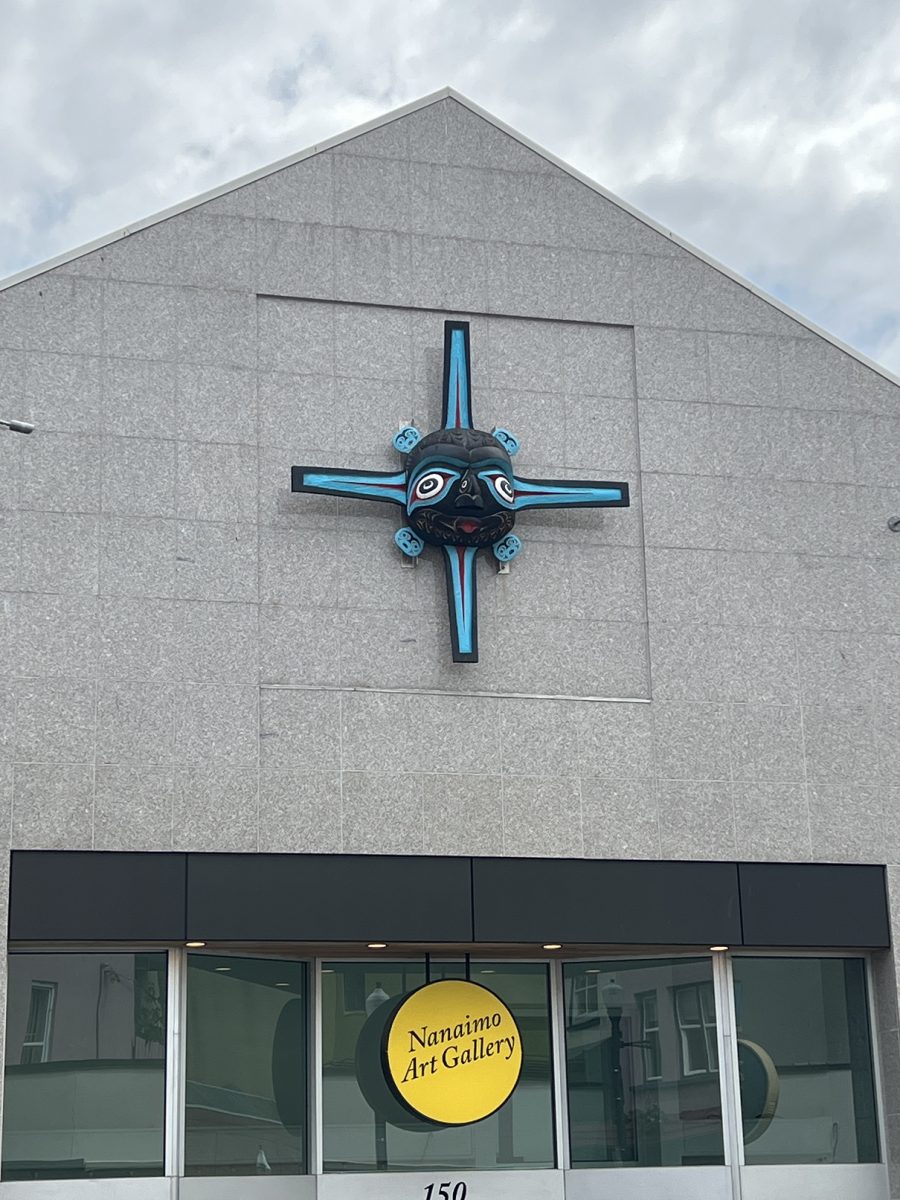
Eve knows the secret Masonic Paw Shake but won’t tell me. The site of the first Masonic temple in the province, 1873. This Ashlar temple was constructed in 1928 and restored in 1985
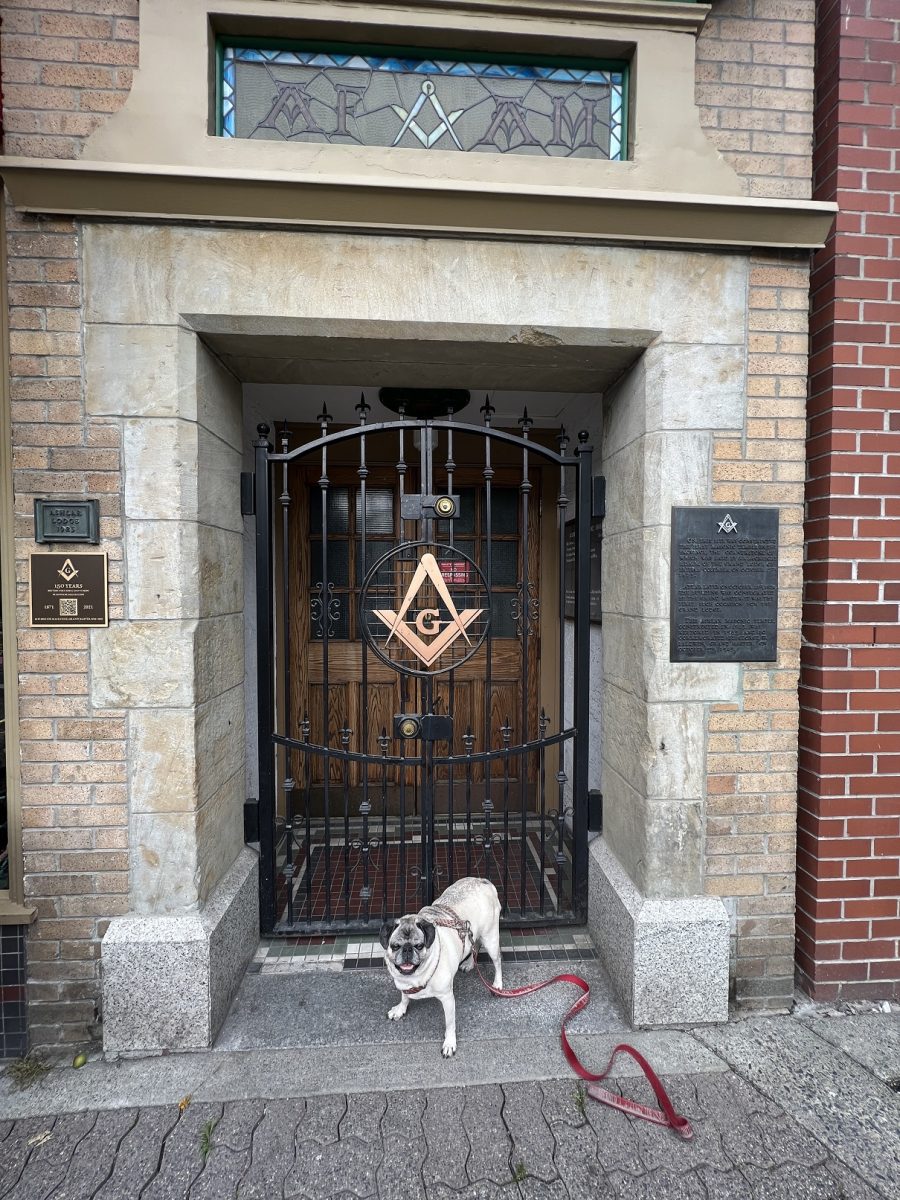
Heading back to Anchor Park for another view of the harbour. Encountered this edifice.
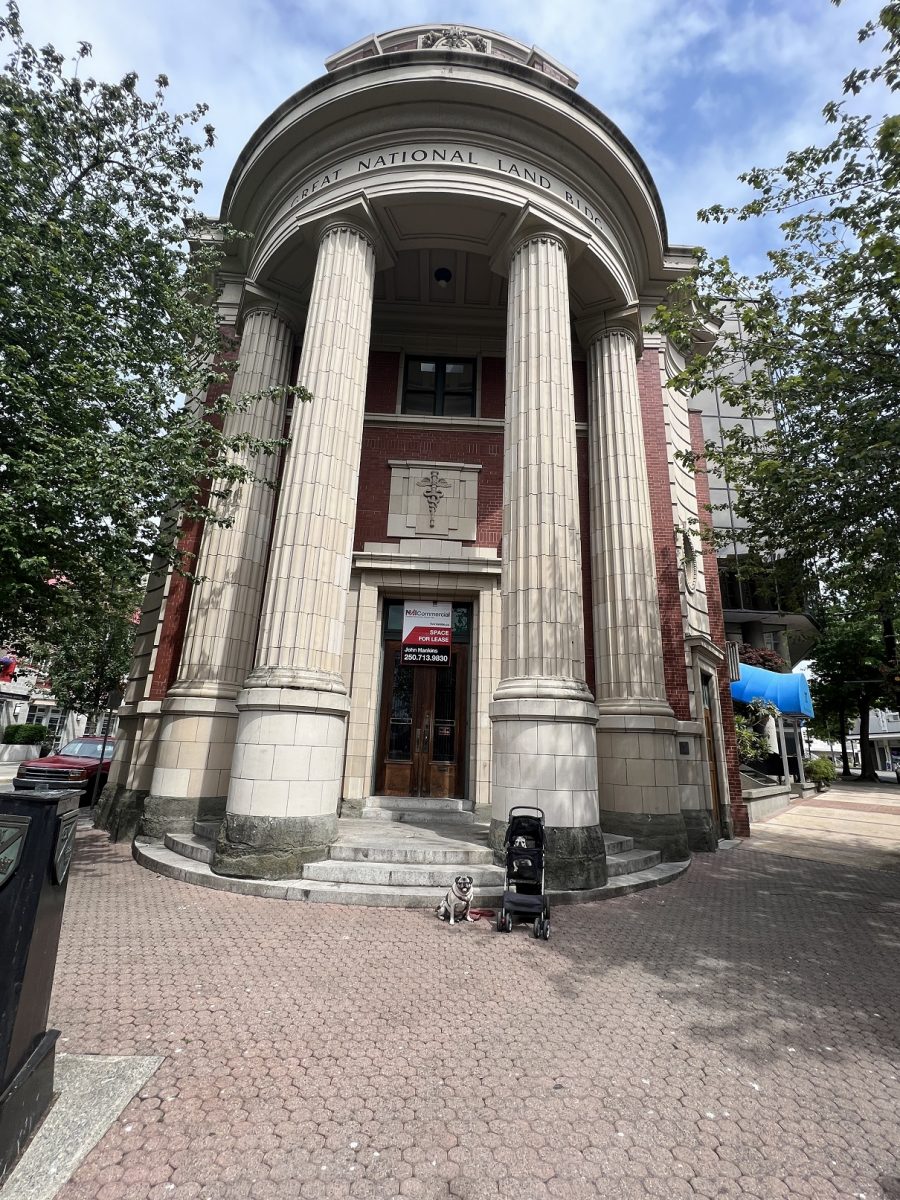
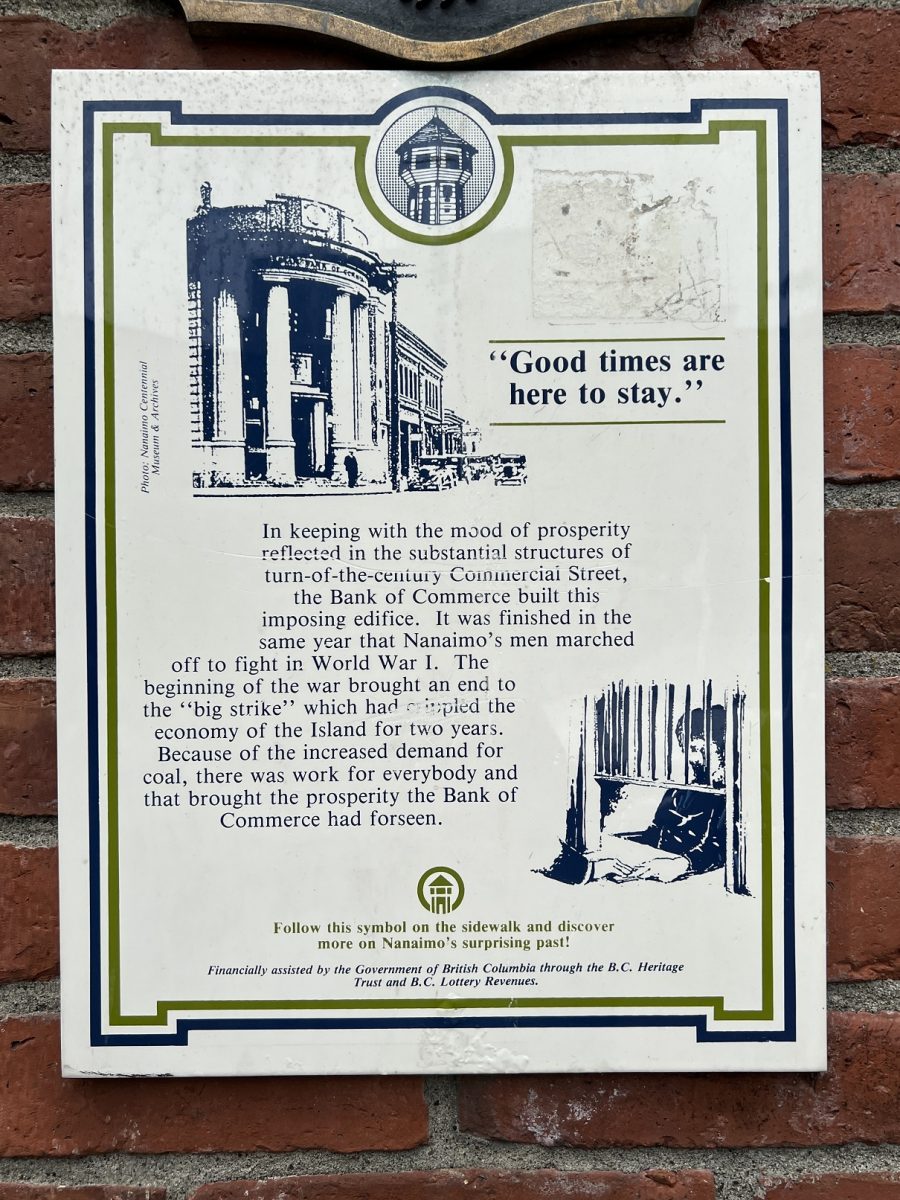
Took in the view at Anchor Park
I asked at the Nanaimo Museum if they were pet friendly? No, was the answer. We had no choice but to go to the pet friendly patio of Gina’s Mexican Cafe for lunch. Vegetarian burrito combo (and a margarita)
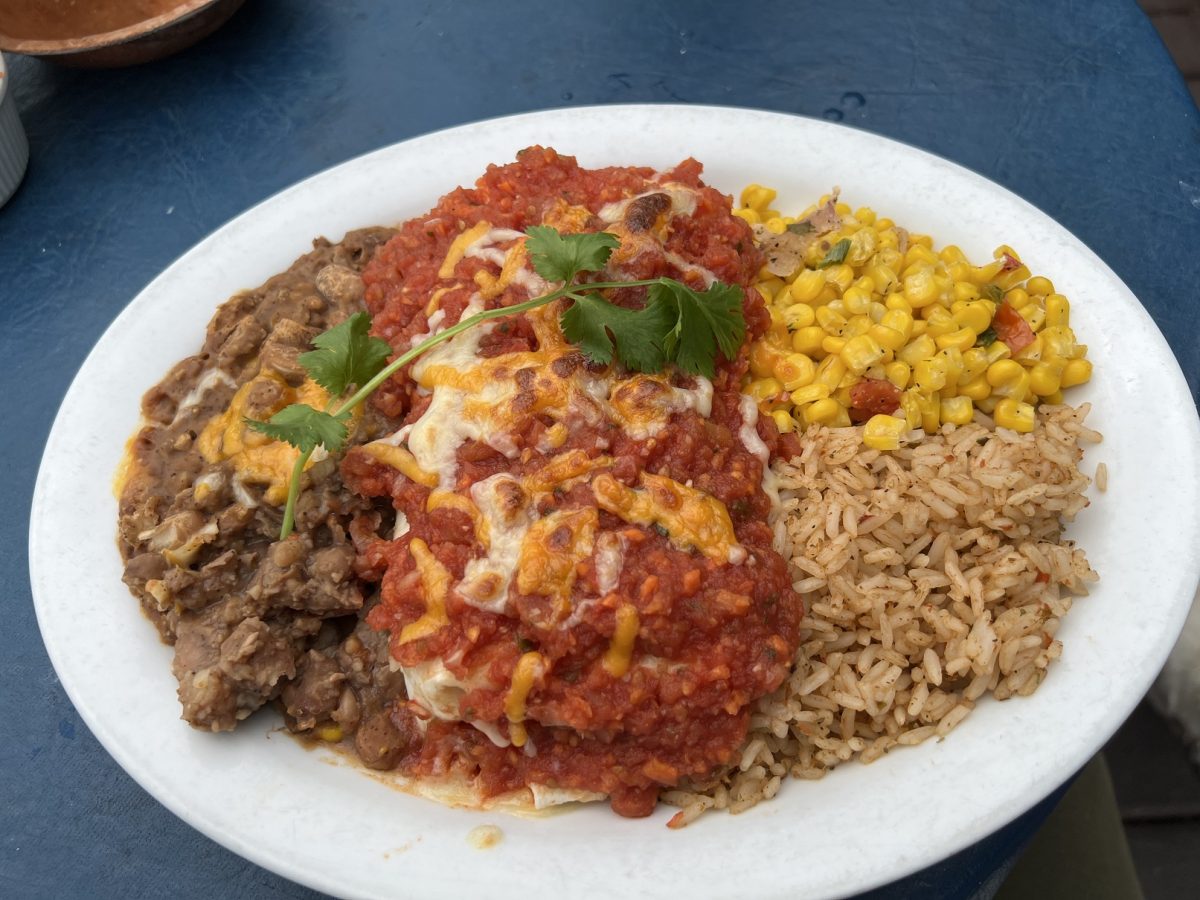
Checked into the Coast Bastion hotel. The room came with a little lobby and a sculpture by the window.
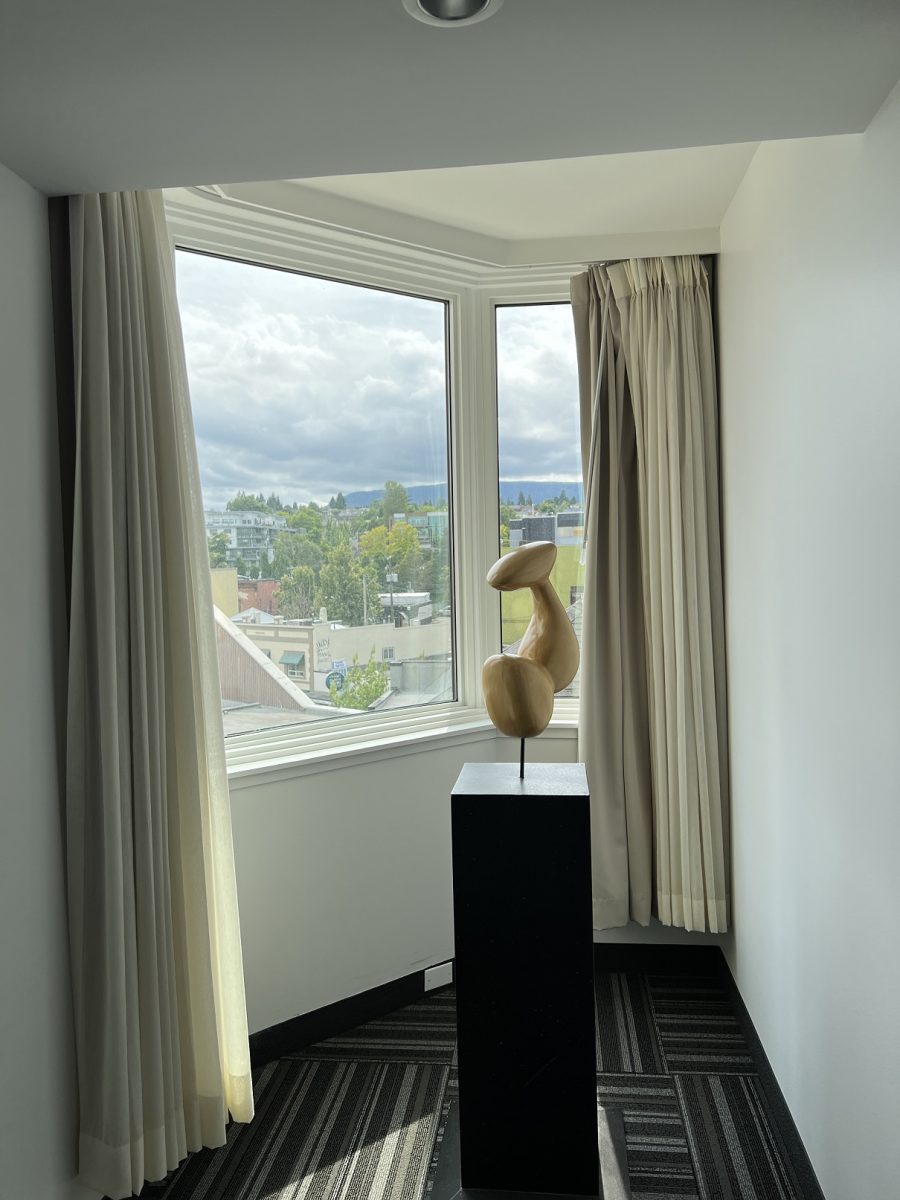
The view had a little balcony.
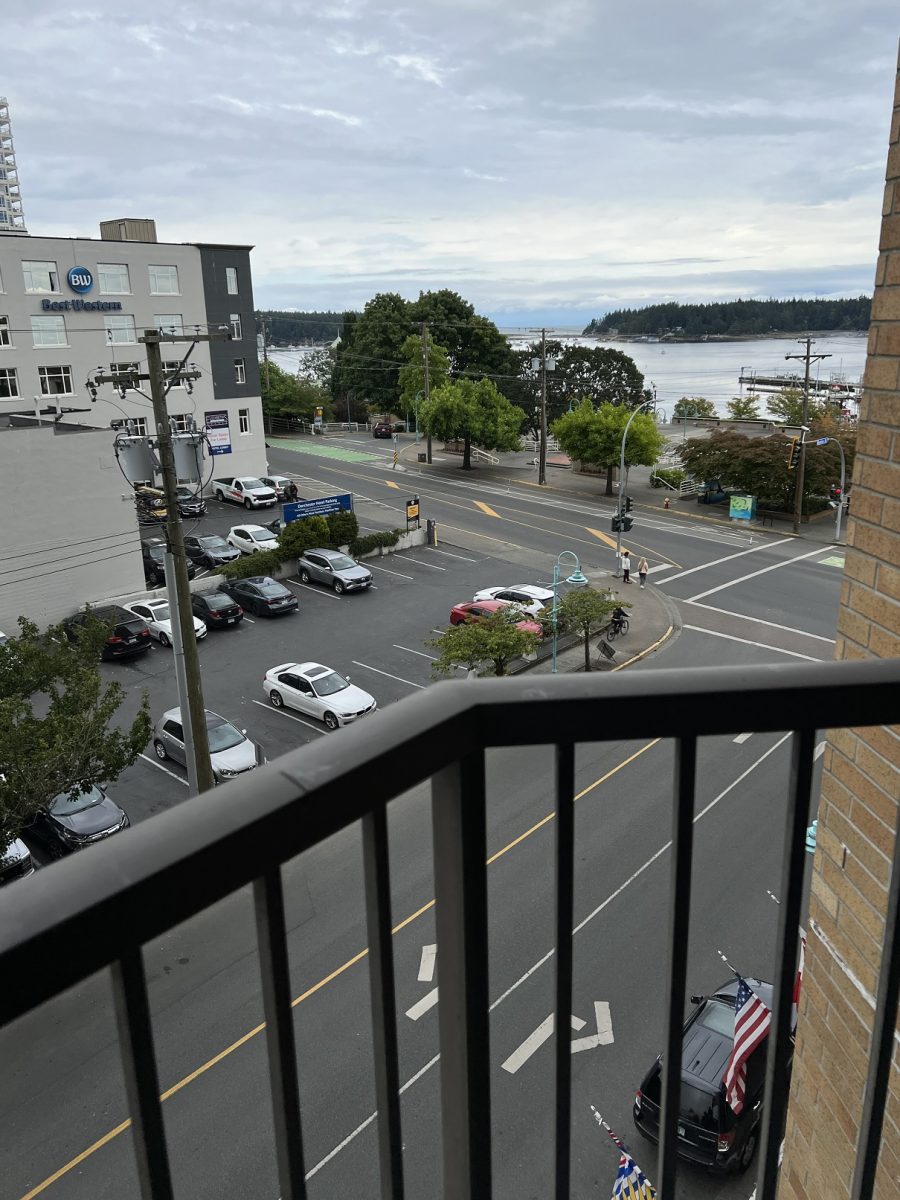
Wolf Brewing. I had planned on going here for a taste flight. However, they were closed on Tuesday (because they are open Saturday and Sunday) Decided to go to the Nanaimo Museum. The pugs had had a busy morning – they were ready to nap.
Examples of Snuneymuxw petroglyph from near the Nanaimo River.
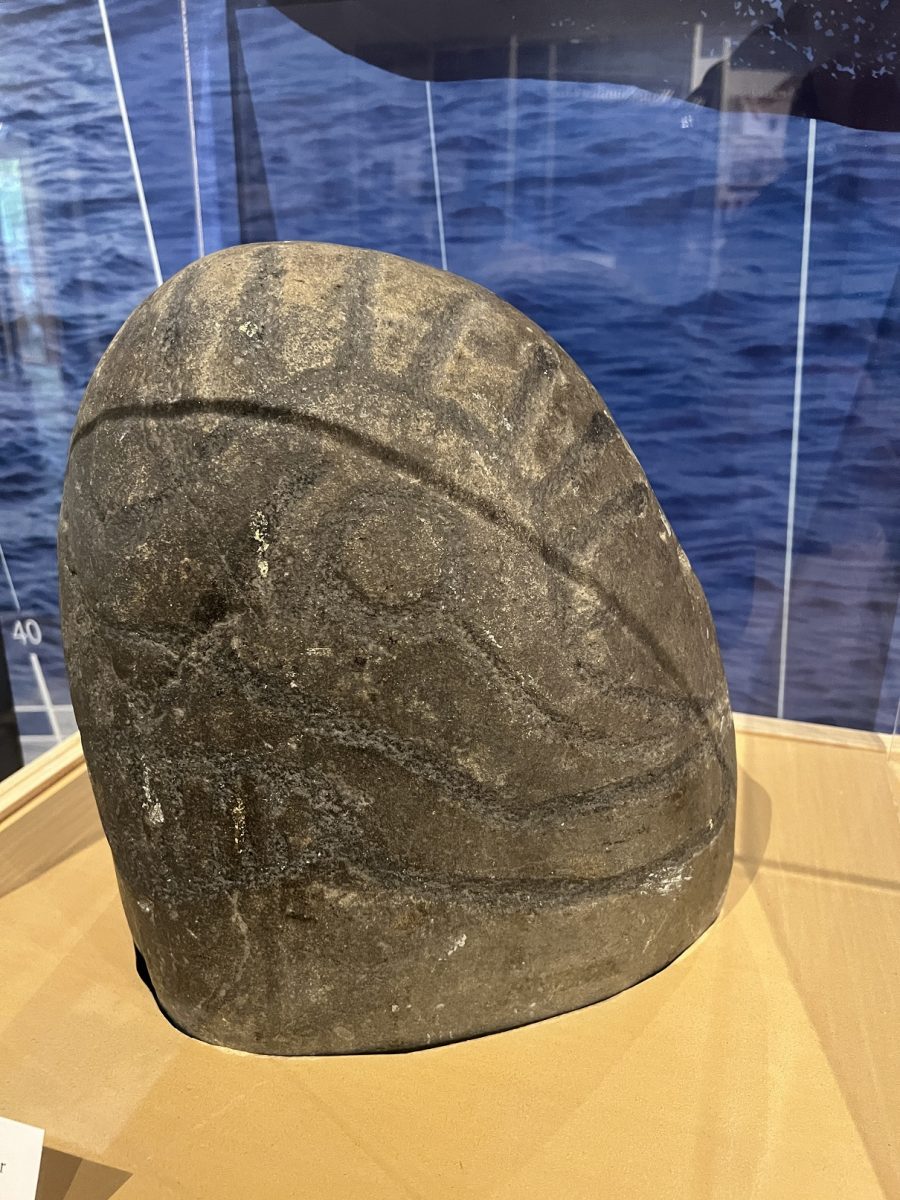
The museum had a big emphasis on the harbour.
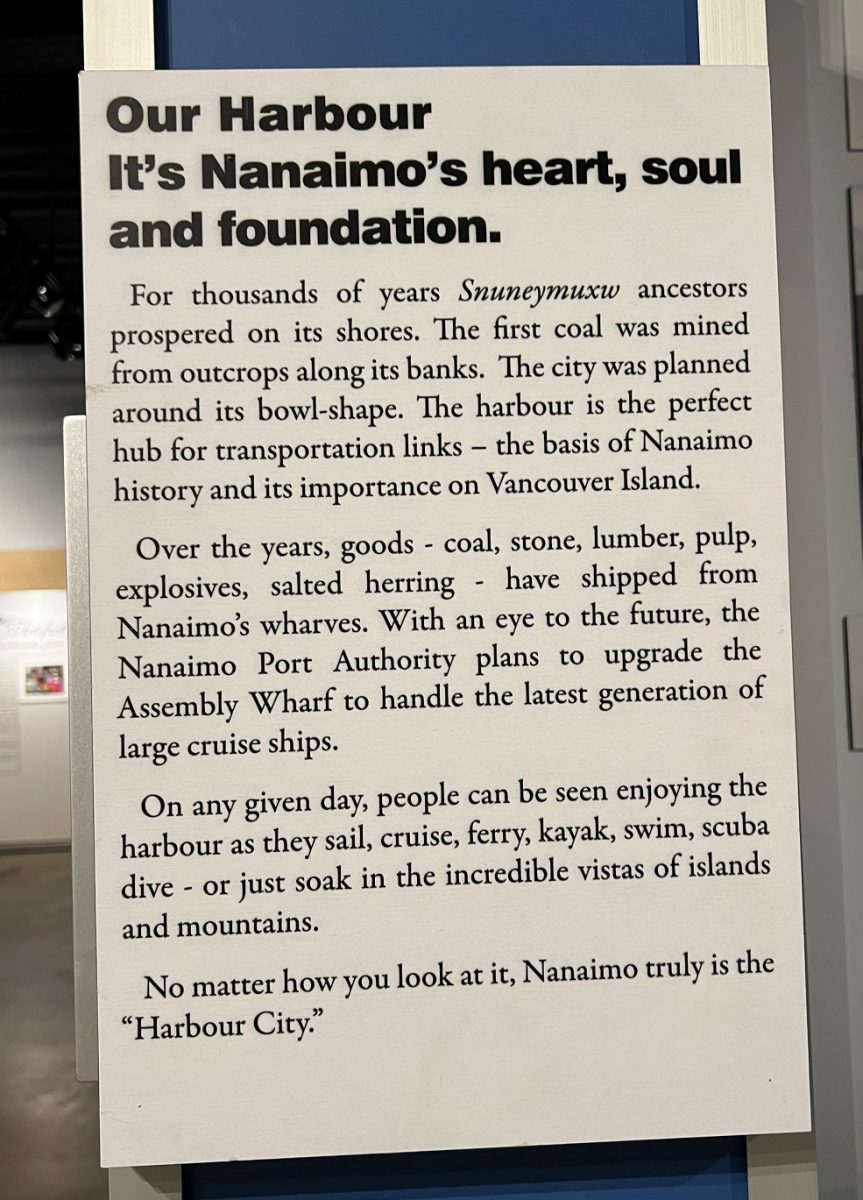
Snuneymuxw canoe c. 1850s. The canoe’s owner remembers going fishing with his father on the Fraser River. Acquired by an unknown private collector in 1934. The next owner donated it to the museum.
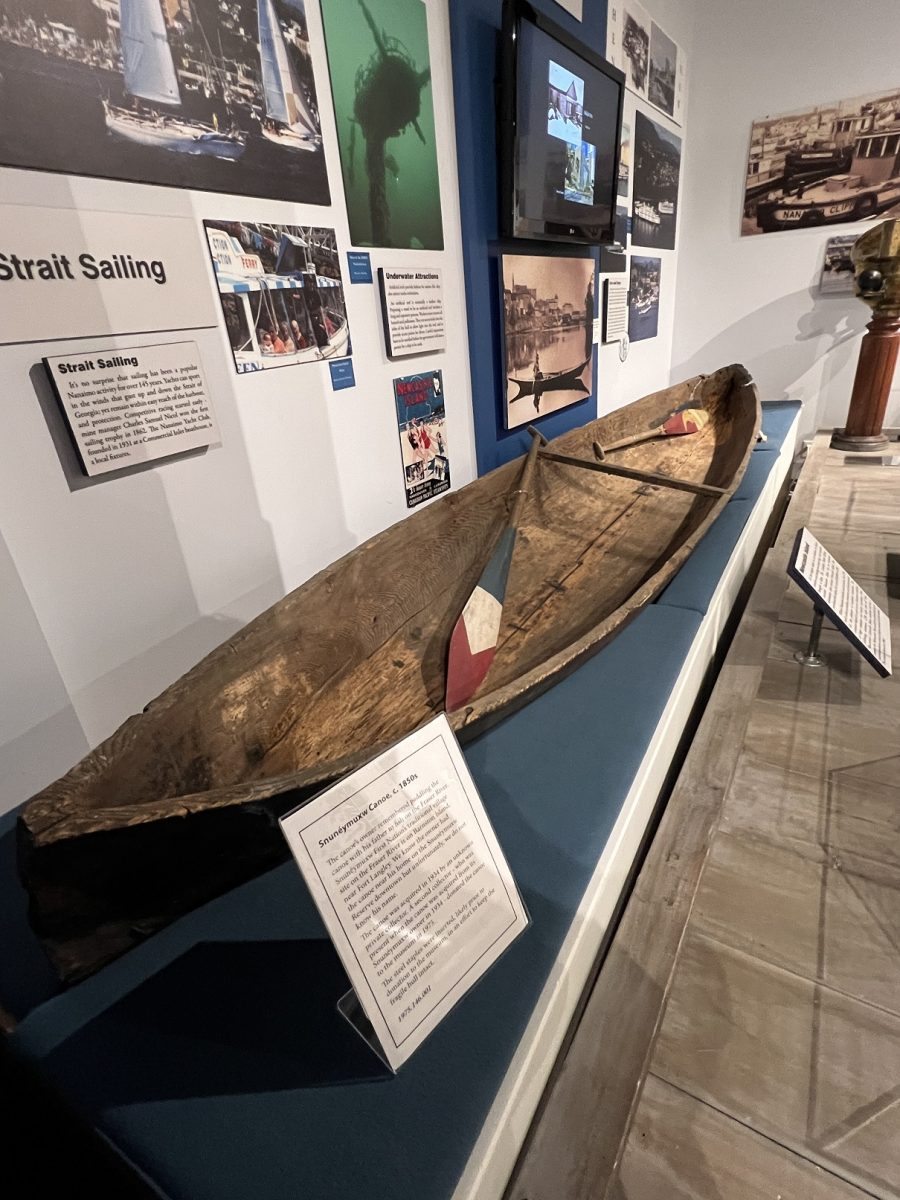
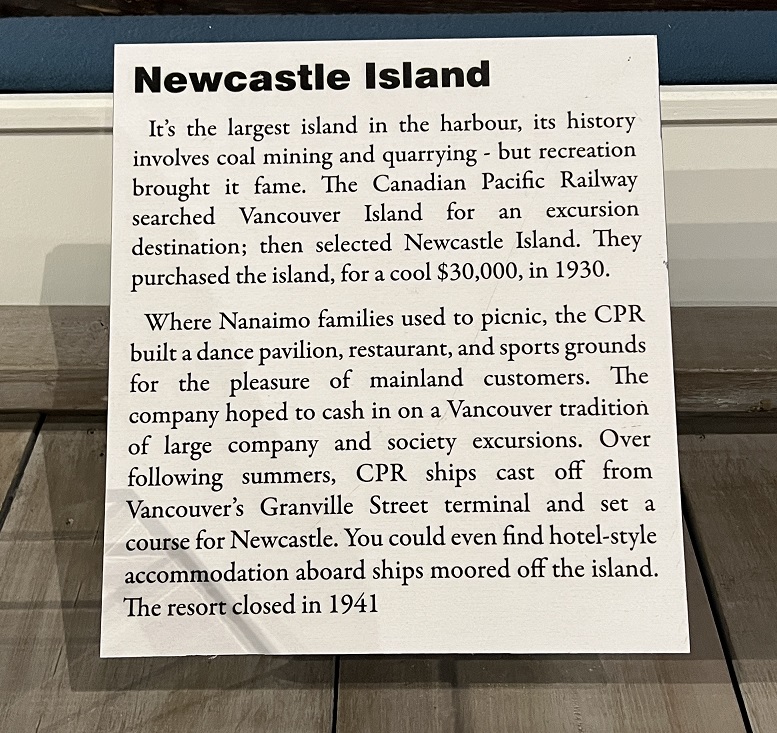
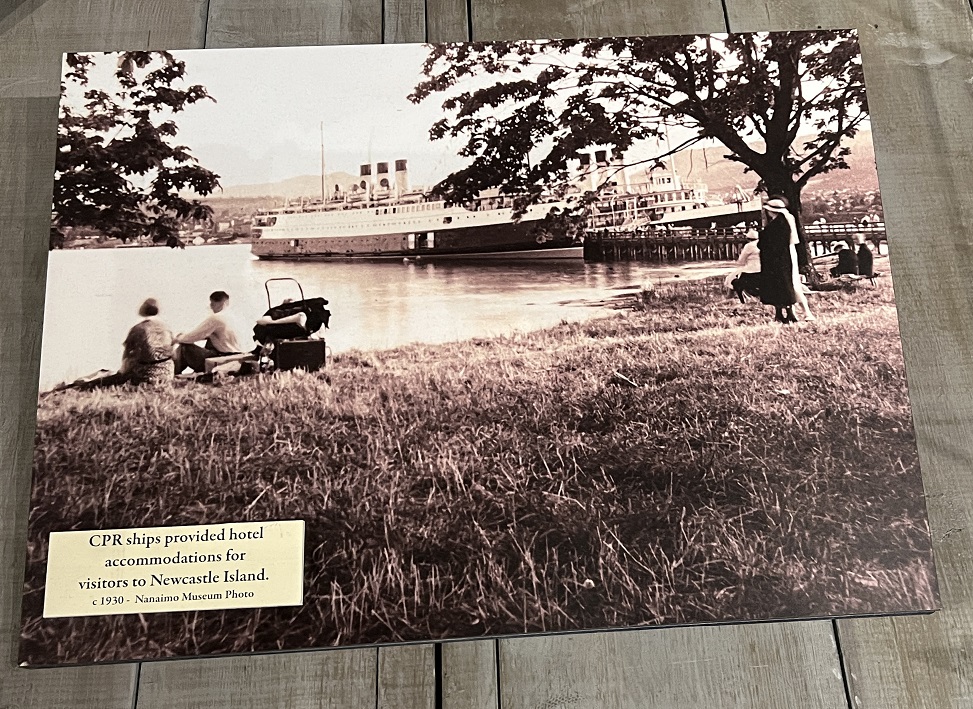
The bell from a CPR ship with a little bastion on top.
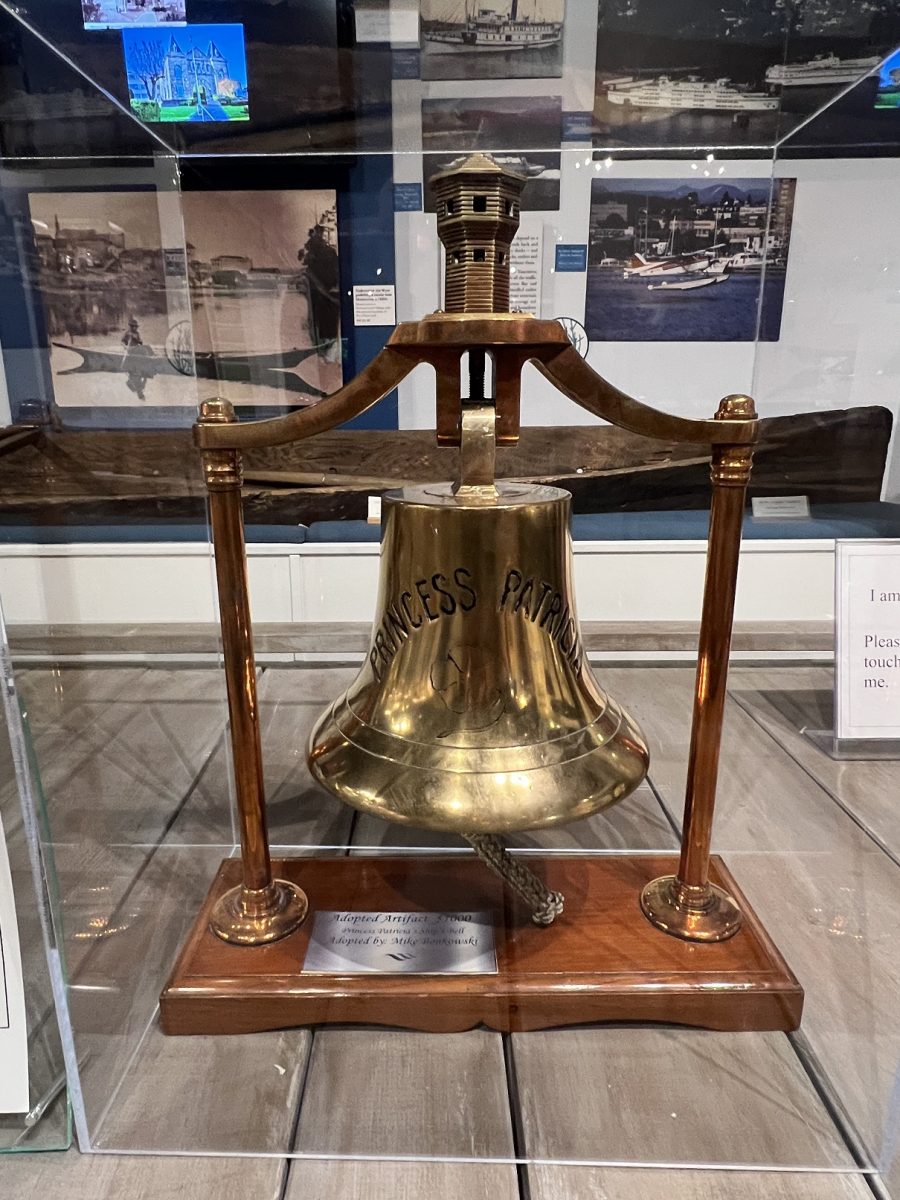
There was an “In the News” display to had different stories of people from Nanaimo. Who could resist a tale of black magic.
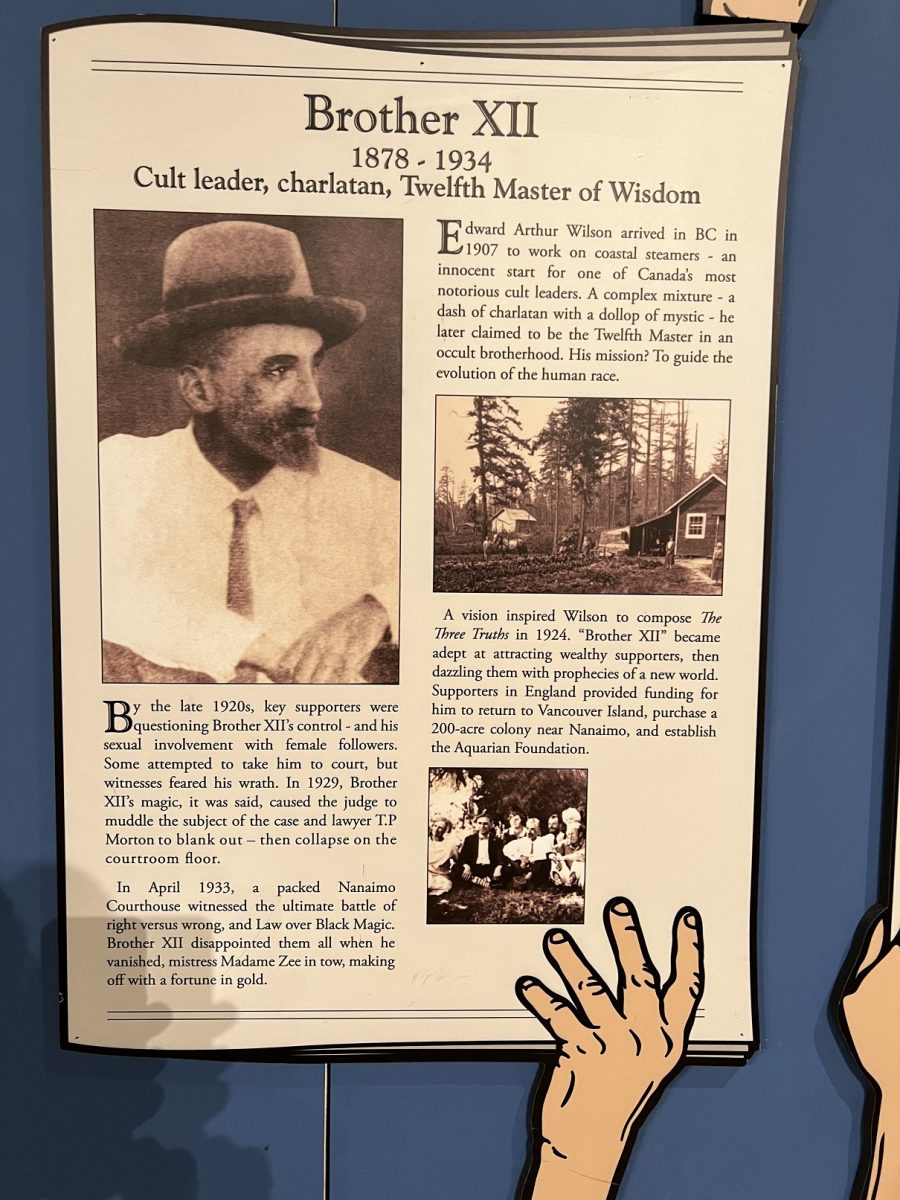
And, of course, Diana Krall
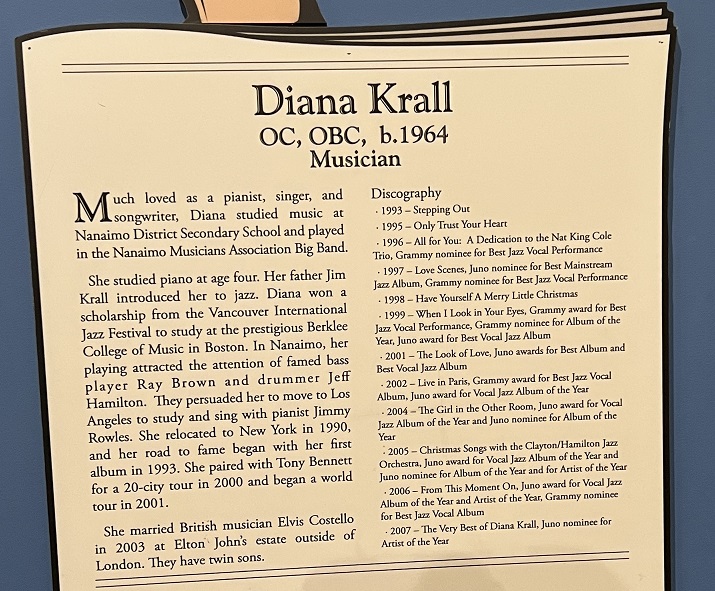
There was a school room setup with info on Nanaimo education, including “Dick and Jane”
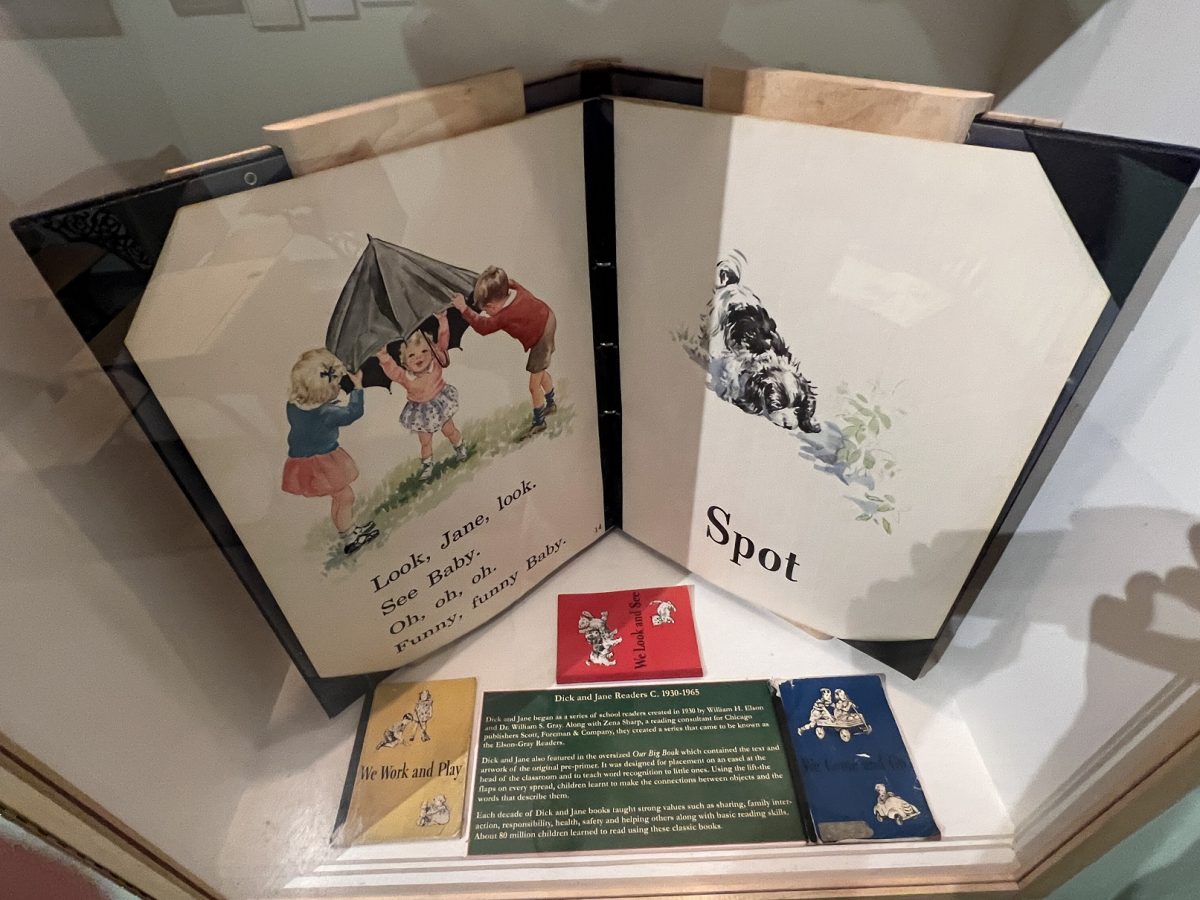
Next to the school room was the brewery.
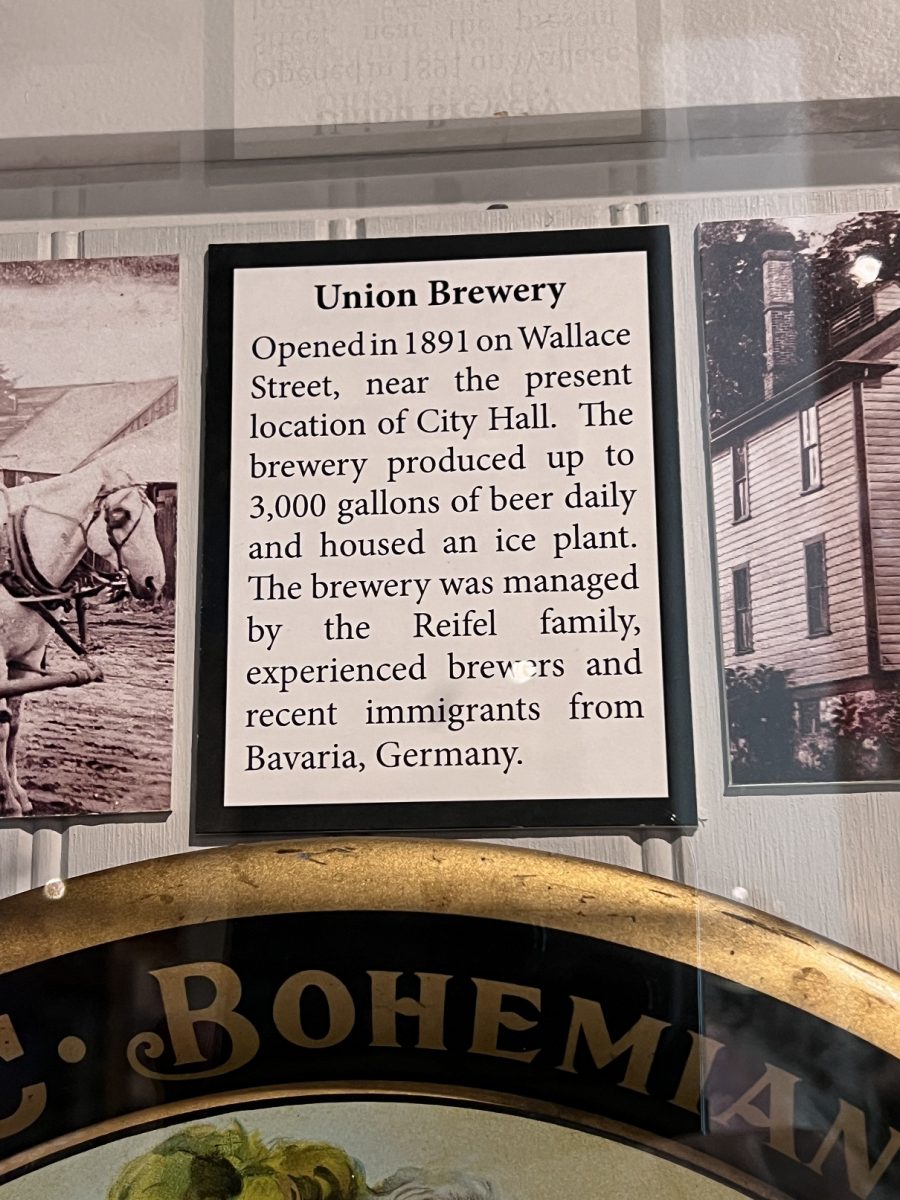
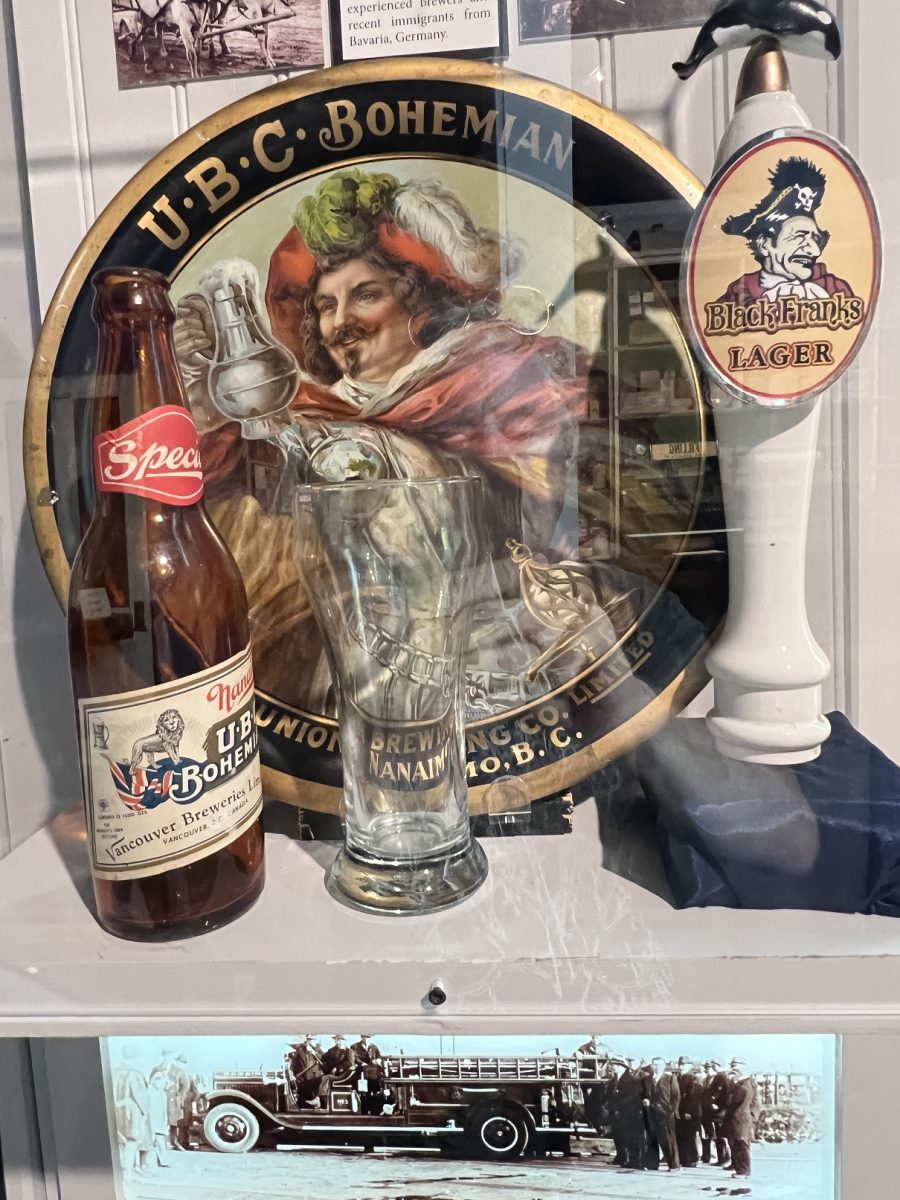
The Coal Mine exhibit for which the museum won an award
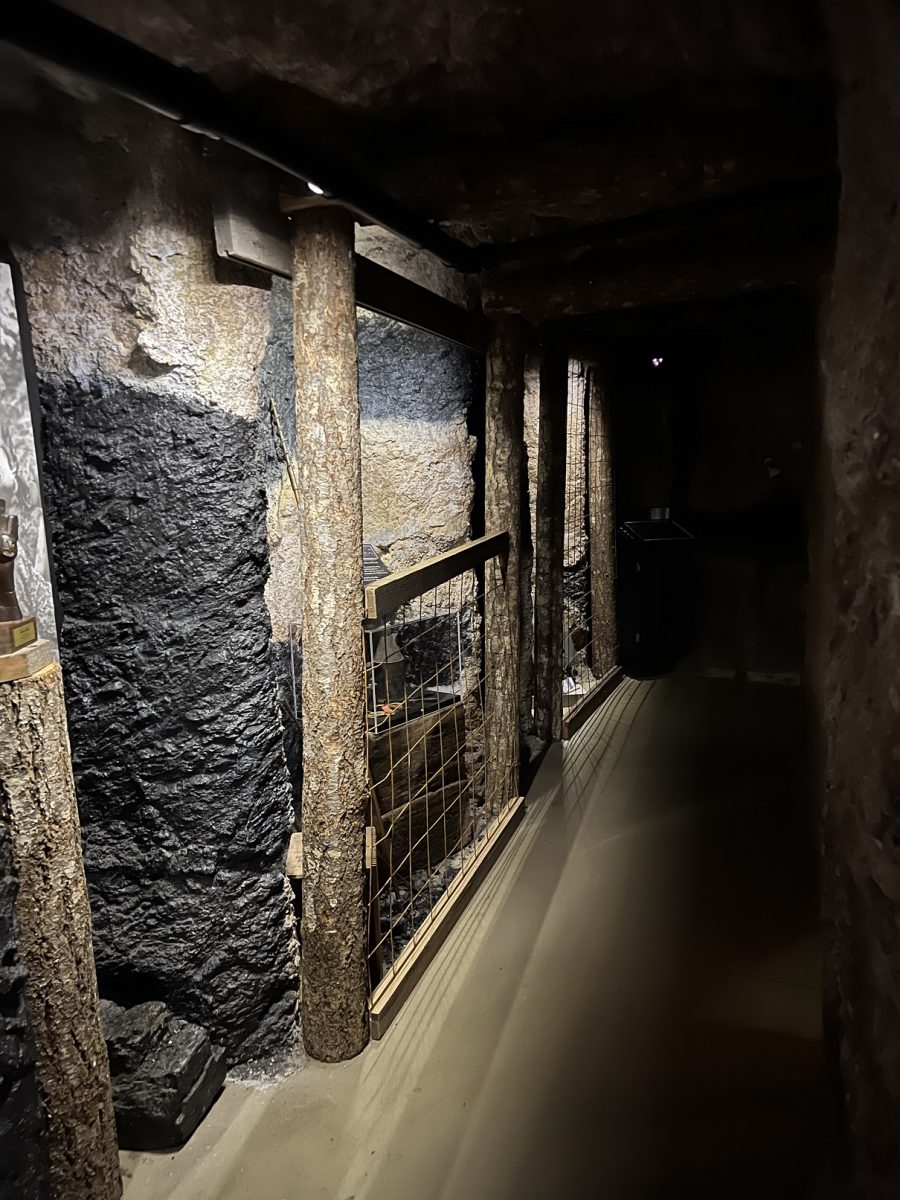

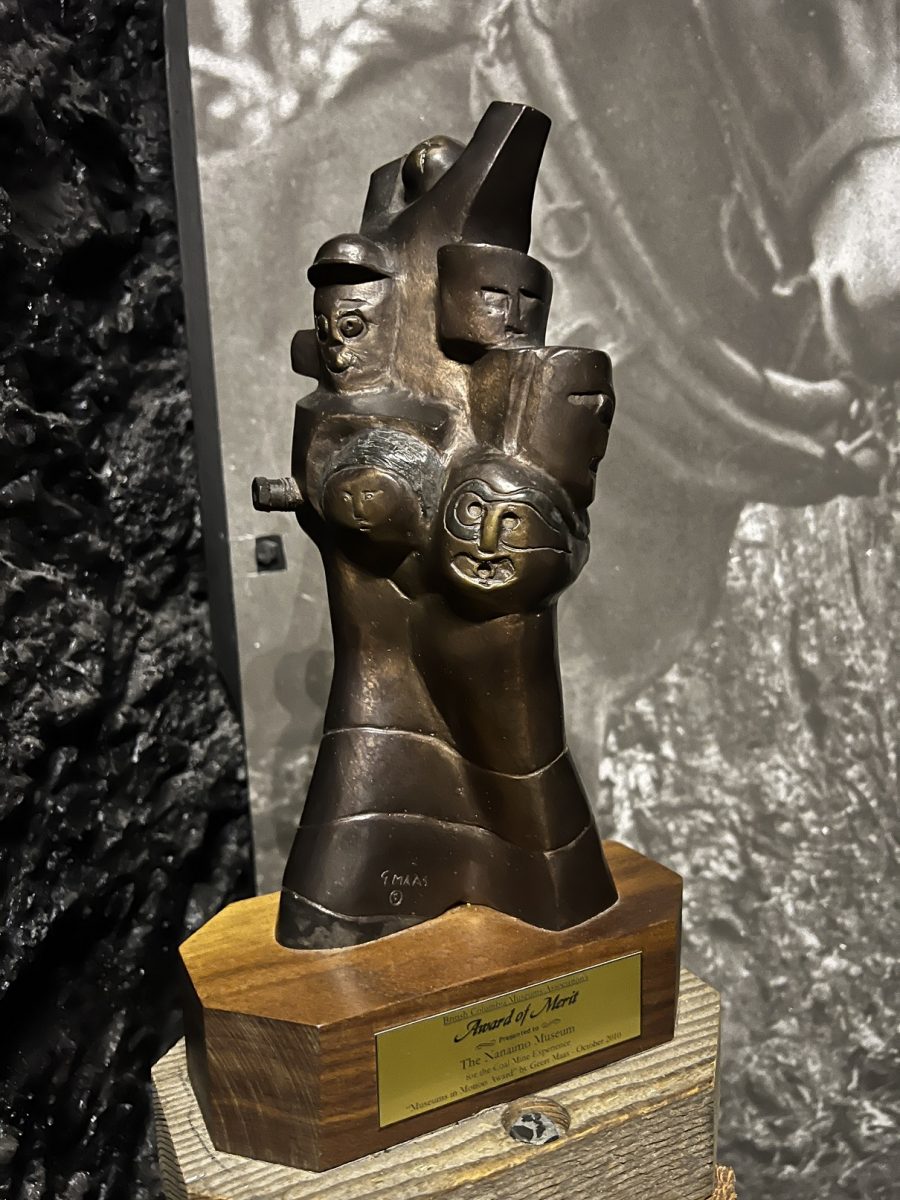
The special exhibit was “stem al’u ‘u’ ni xe’xe – What is Sacred – Coast Salish Art
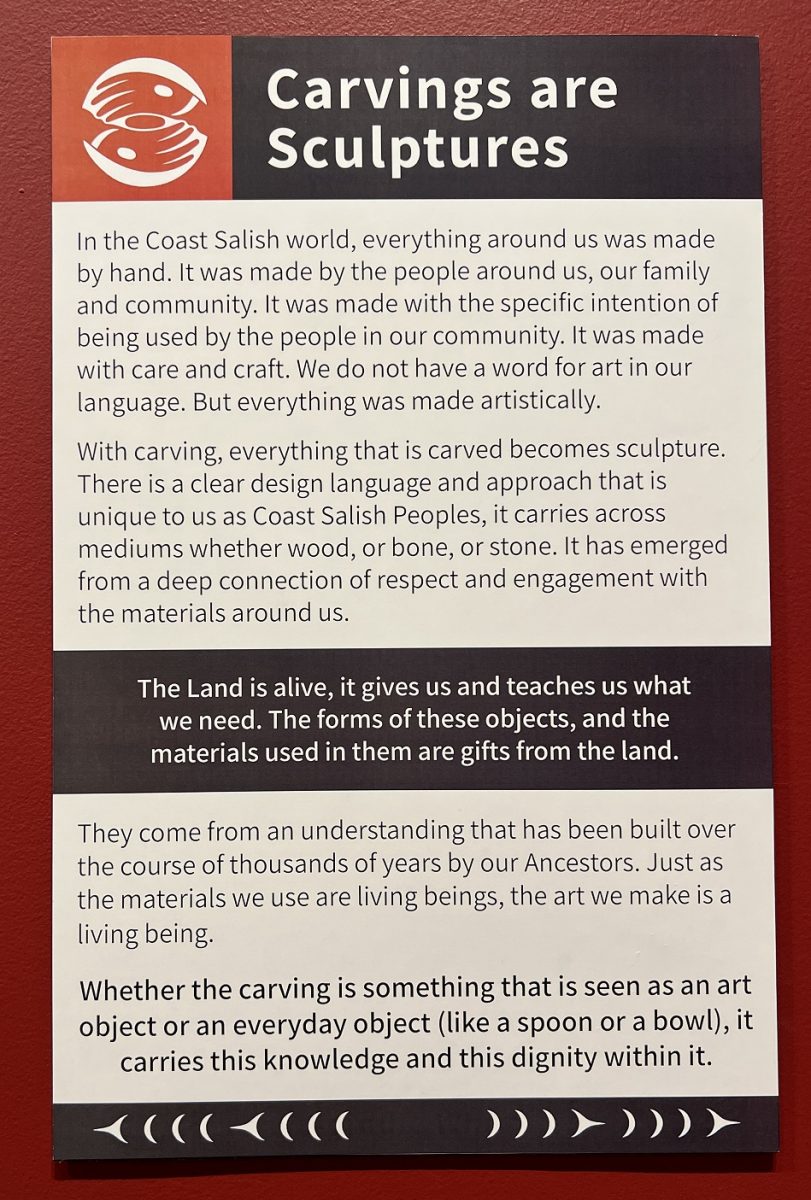
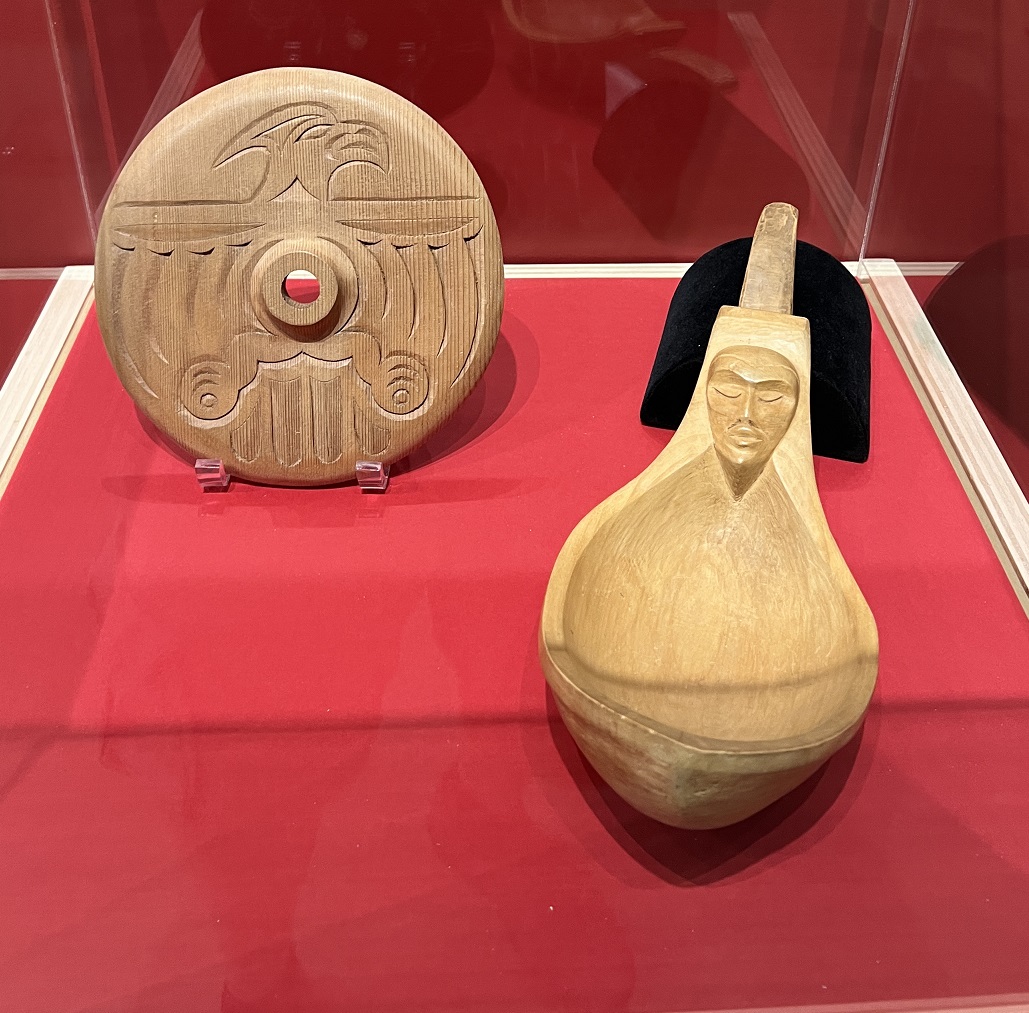
Walking stick and paddle.
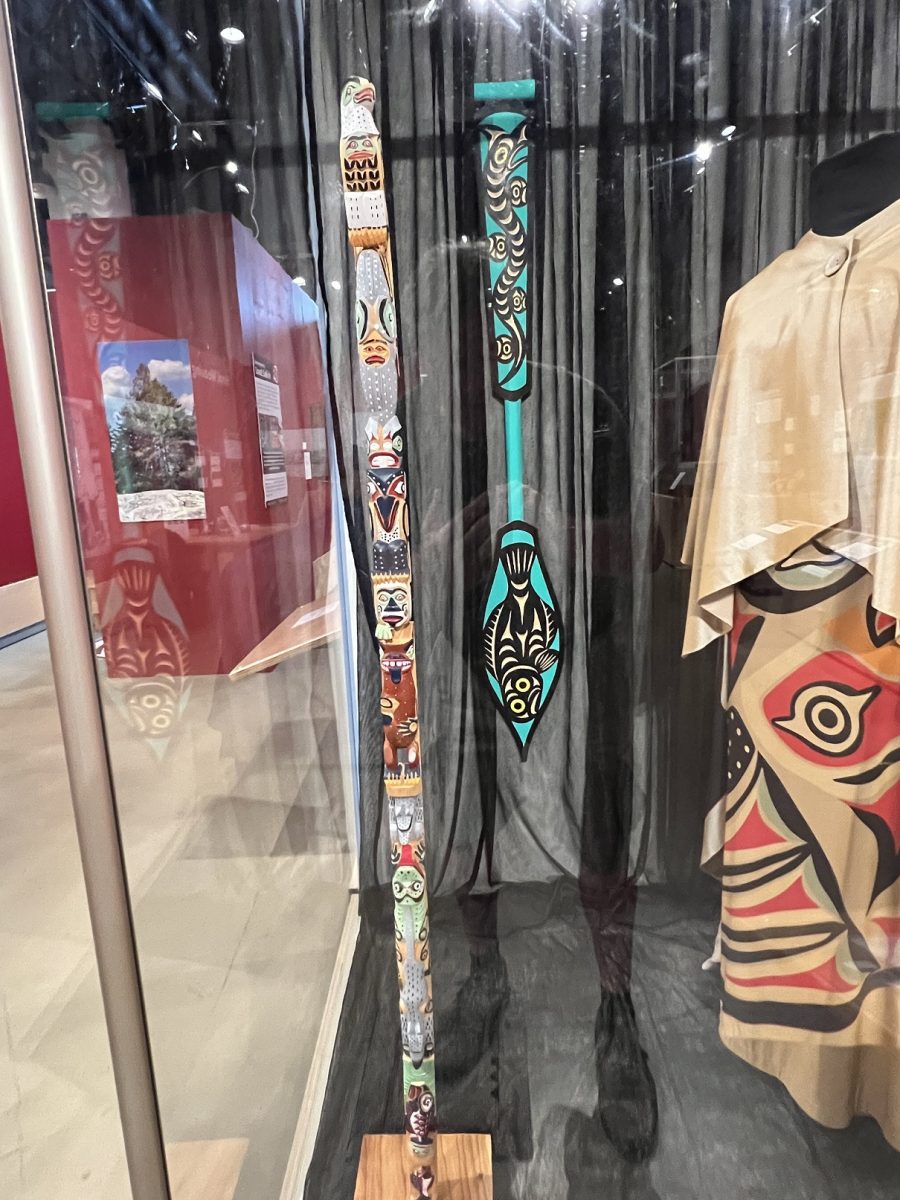
And last but not least, what would a trip to Nanaimo be without a Nanaimo Bar? The museum has an exhibit on the original, world famous recipe.
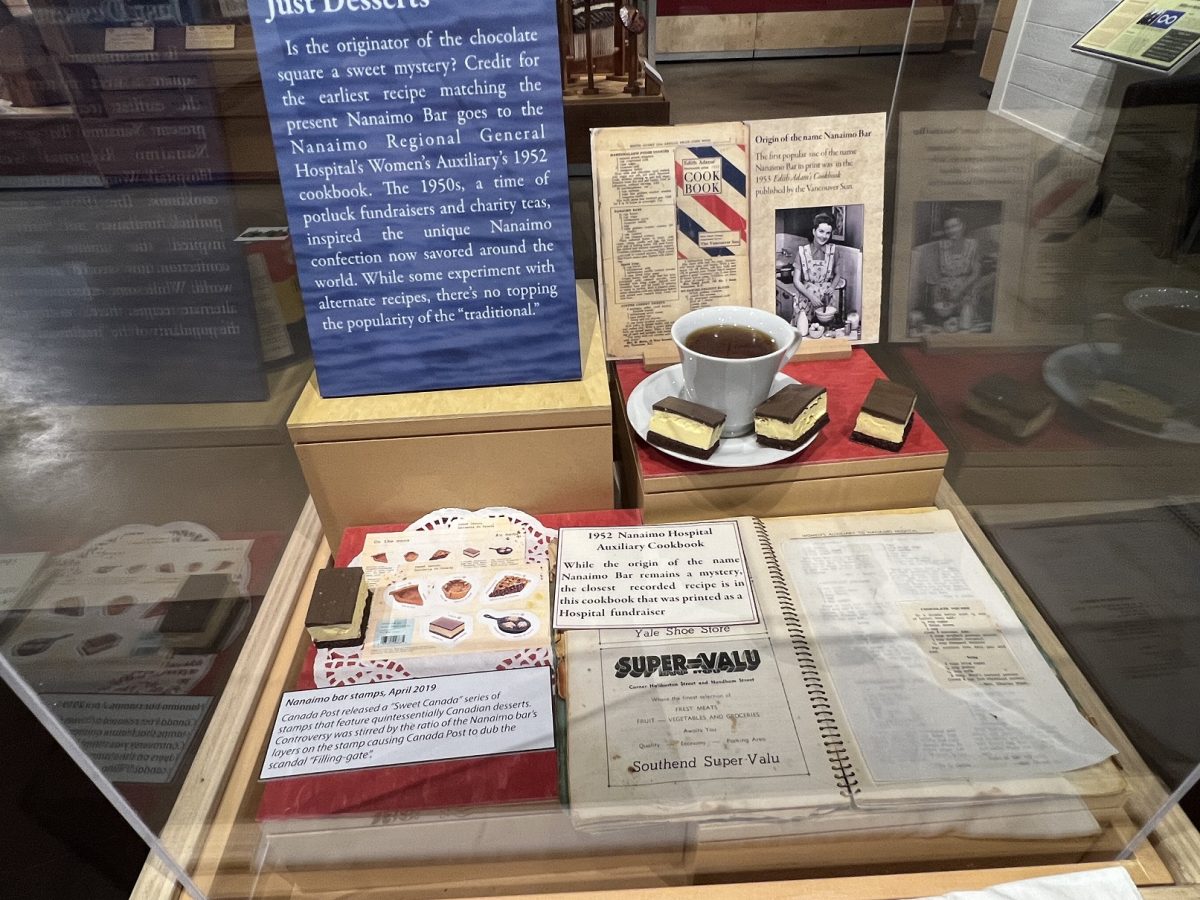
Next to the museum is Serious Coffee and they have Nanaimo Bars using the original recipe. I had to get one.
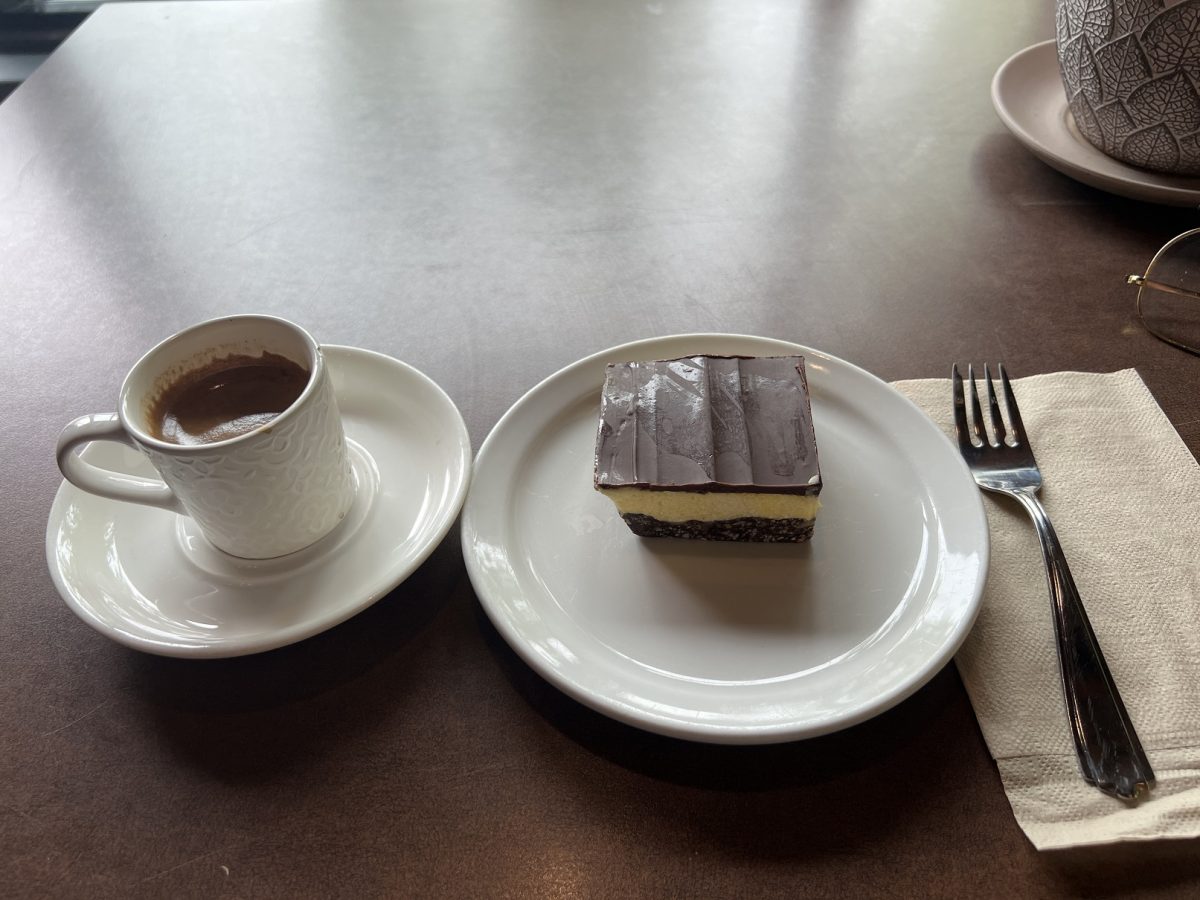
Had dinner at the Lighthouse patio with a view of the harbour. It was surprisingly cool. Most people were wearing coats or hoodies. I had the mango halibut along with a Stanley Park Brewing IPA.
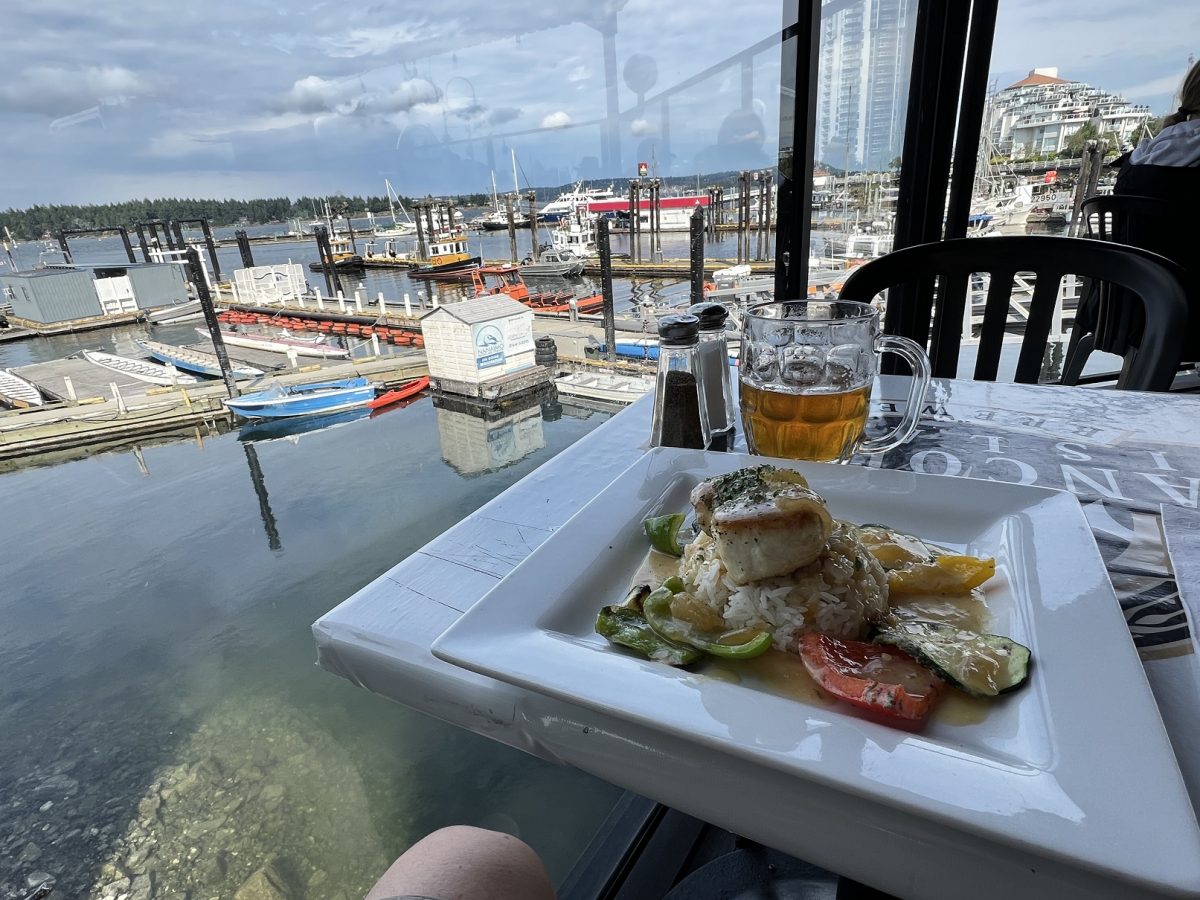
When I got back I took Eve and Greta out for their nightly walk. There is a little park next to the hotel – McGregor Park. Apparently it is frequented by a lot of dogs judging by Greta’s sniffing.
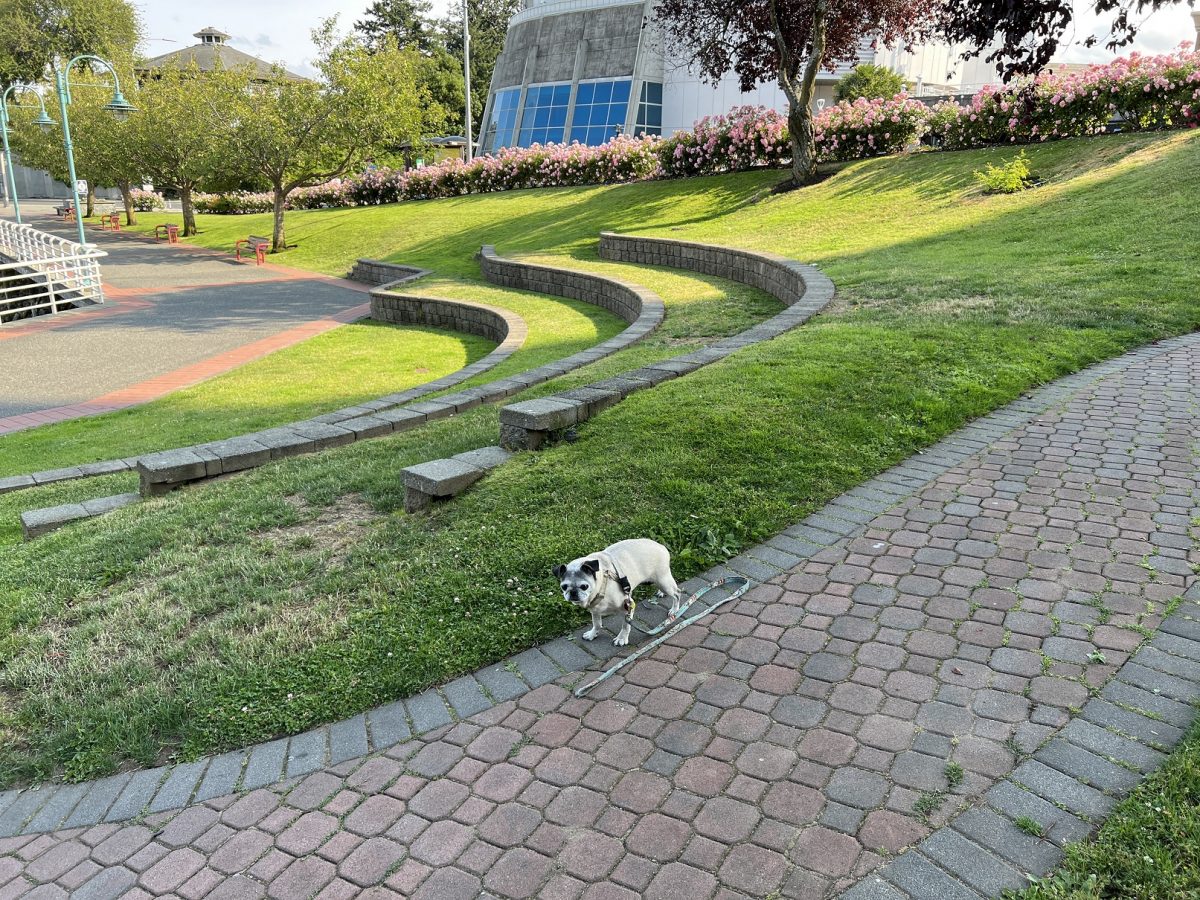
We sat on a bench watching the boats. The blue roof is a floating Mexican restaurant. A gentleman walking by took our photo.

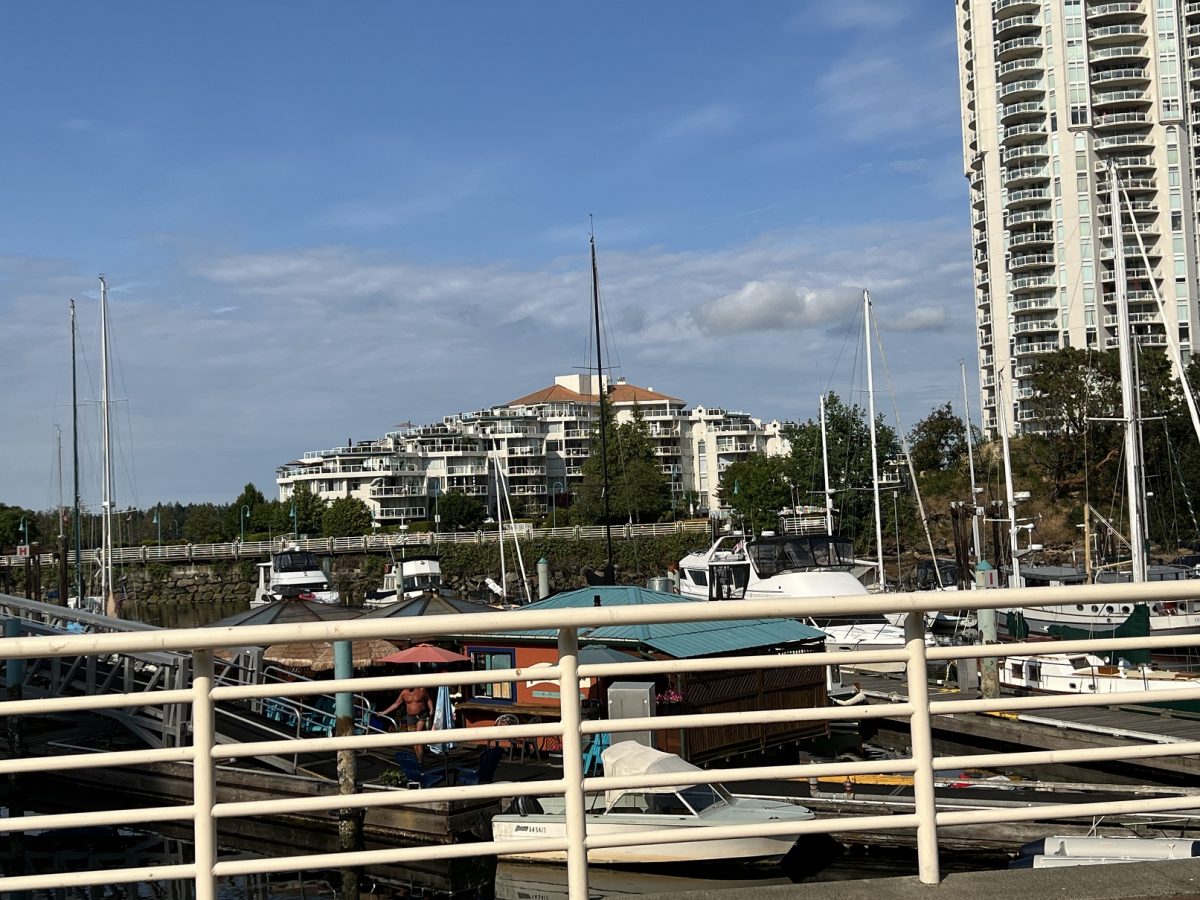
Eve stood on my thigh and sighed a happy sound.
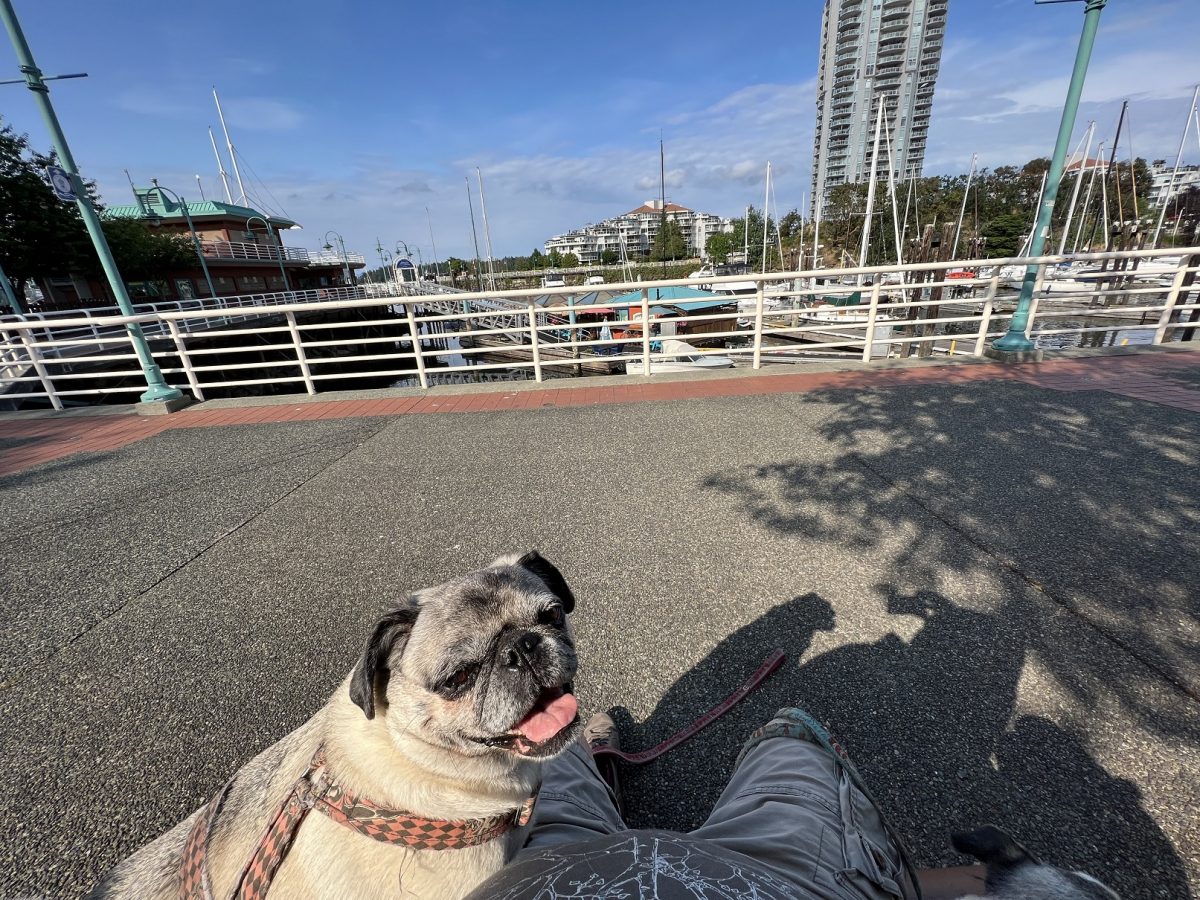
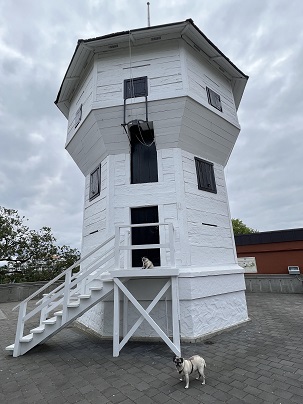
Finally! Beautiful wee room with not only a sculpture, a view, but a balcony, non the less, at the Coast Bastion Hotel! Kudos!! So much info around this area, Larry! Don’t know how you remember all those details for your daily blog! I always get a kick seeing the pugs in the photos. Both always giving you full attention for the camera shot! Ha! Thanks for such interesting facts today, as always! ❤️🐾🐾